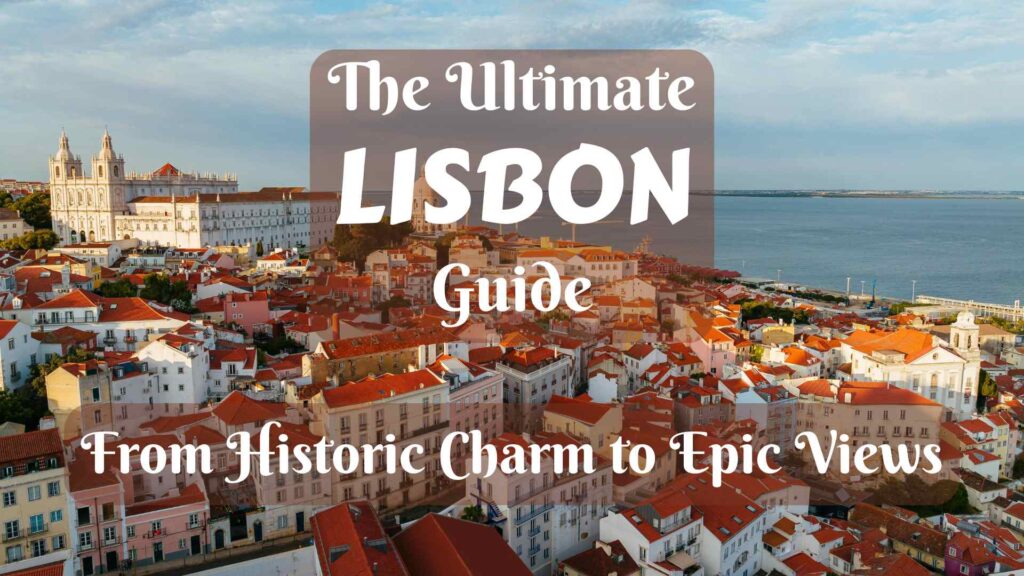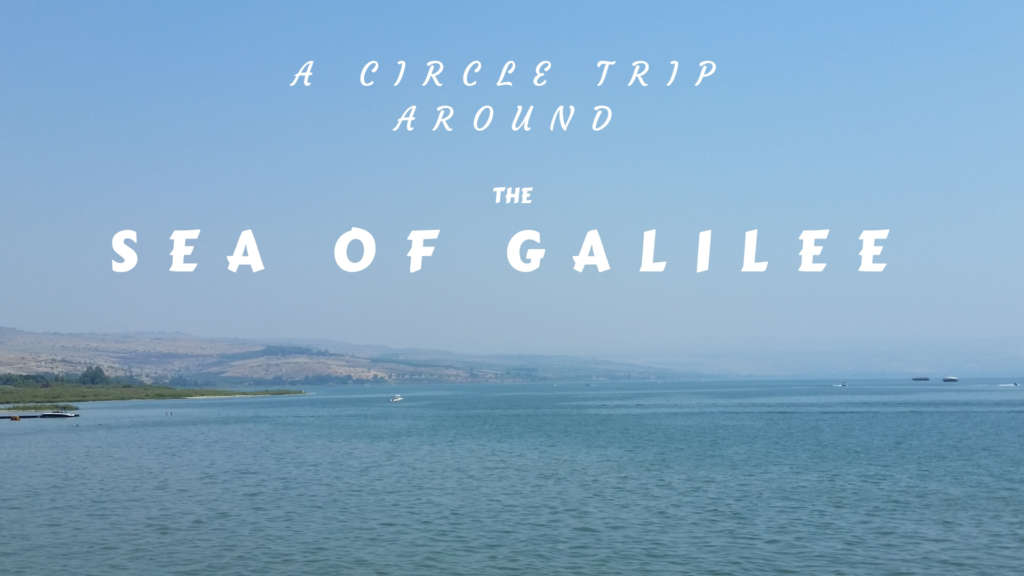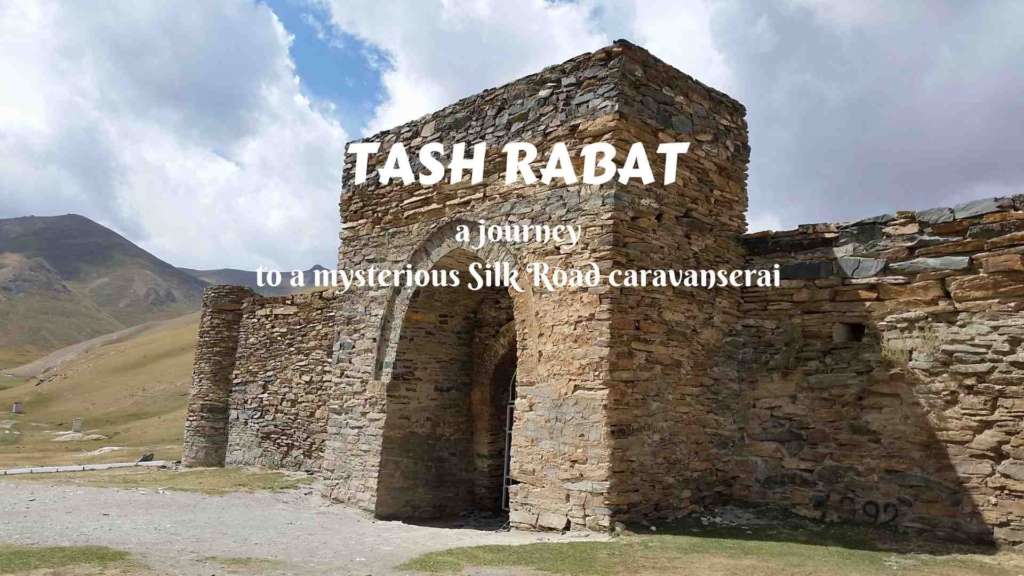This is Lisbon- one of the most famous treasures in Europe. While many come to the Portuguese capital for its rich history and vibrant culture, a comprehensive guide for adventurous travelers who cross continents is essential to experience the best of Lisbon. In this article, we’ll explore all the incredible places to visit in Lisbon, from the ancient Alfama district to the breathtaking views from the city’s many hills. Whether you’re here for a quick stop, a part of a long-distance expedition, or a longer stay, this guide will help you discover the city’s timeless charm.
Table of Contents
About Lisbon
This is one of the most beautiful capitals in the world, and one of the oldest cities in Europe, full of history, culture, and bustling daily life. But to truly understand Lisbon, let’s delve into its geography and history to see how they have forged the city we know today—a place teeming with life, beautiful landscapes, and deep culture.
Some geography
The Tagus (Tejo) River is one of the largest rivers in the Iberian Peninsula. It comes from Spain and on its way to the Atlantic Ocean, it enters Portugal, flowing in a southwest direction. At the point where the river descends to the sea level, it forms a large estuary lake, called Mar da Palha, then it turns westward and merges into the ocean.
Not far from this point is the westernmost point of the Iberian Peninsula, Europe, and the whole physical continent of Eurasia- Cabo da Roca. All of this forms something like a small peninsula, although it doesn’t have a traditionally accepted name. The highest part of this “peninsula” is the Sintra Mountains, and their extension in the east forms a hilly landscape with slopes descending southward to the Tagus River Estuary.
This area was noticed by the ancient people, and they considered it a good place for building a civilization. And this is how the history of Lisbon started.
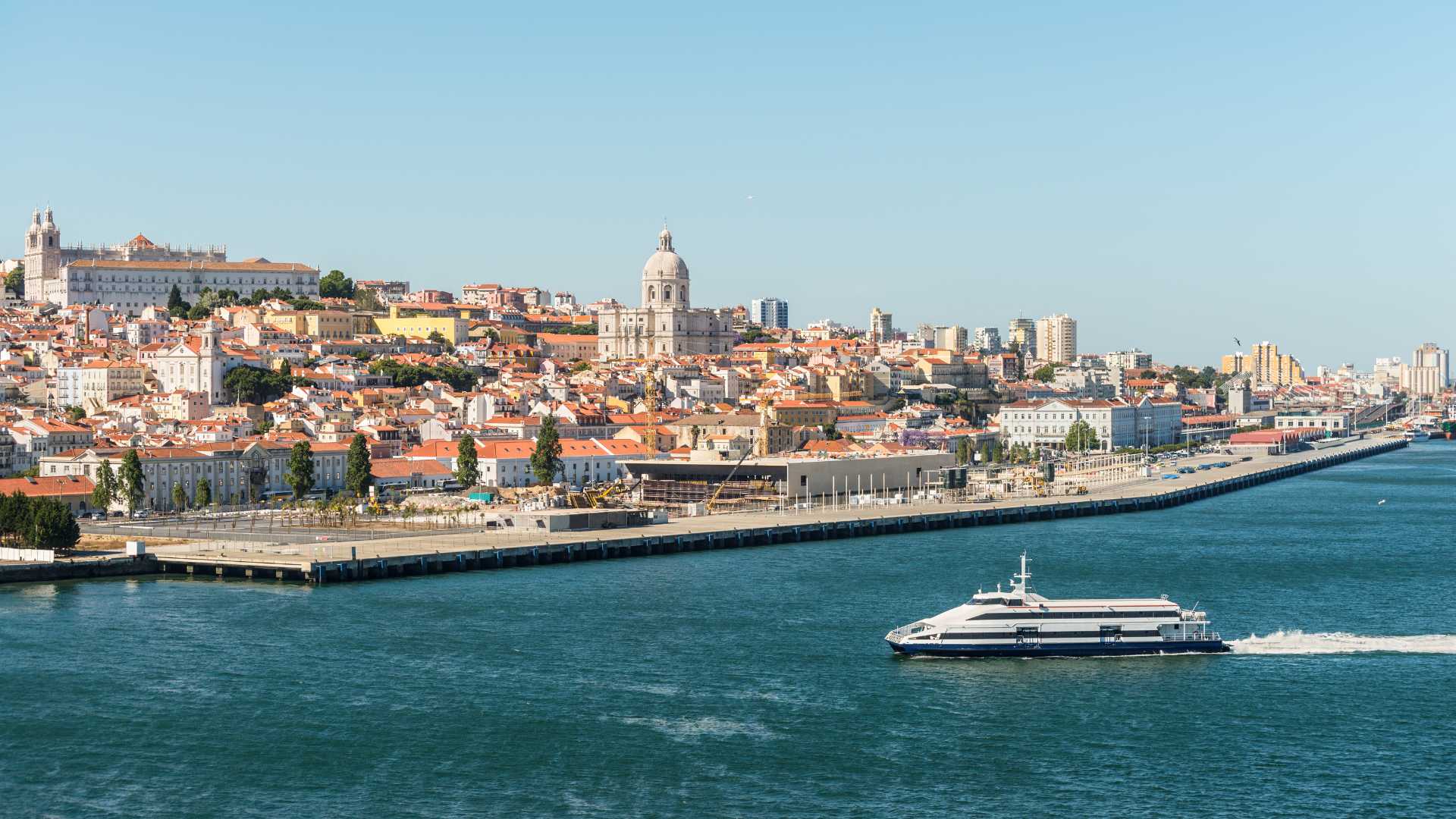
Some history
Let’s briefly take a look at the history of Lisbon. History has left traces all over the city, and many sights and points of interest date back to various points in Lisbon’s timeline. So, to understand these points of interest better and to get a richer experience when exploring them, let’s get informed about the history. To make it easier, we will divide Lisbon’s history into periods.
Prehistoric era (unknown, until 205 BC)
The area where Lisbon is today located has been inhabited for millennia. Too little is known about this distant past, but we can mention some of the peoples that has lived here. The first of them were Pre-Celtic tribes who left megaliths and other stone constructions. Then, around 1000 BC, Indo-European Celtic people came and mixed with the locals, followed by Phoenicians and Carthaginians who also left their traces here.
They built settlements on the hills where Lisbon is today. These settlements were the foundation of the city. One of them was a trade outpost built by the Phoenicians.
Sites and remains from this era:
- Archaeological excavations in Saint George’s Castle
- Excavations under Lisbon Cathedral- the location of the above-mentioned Phoenician trade post, visible in the Cathedral’s cloister
- Rua dos Correeiros Archaeological Nucleus (not far from Rua Augusta Arch), under Millenium BCP Bank, visible only by booked tour
- Necropolis of Carenque- in the northwest suburb of Amadora
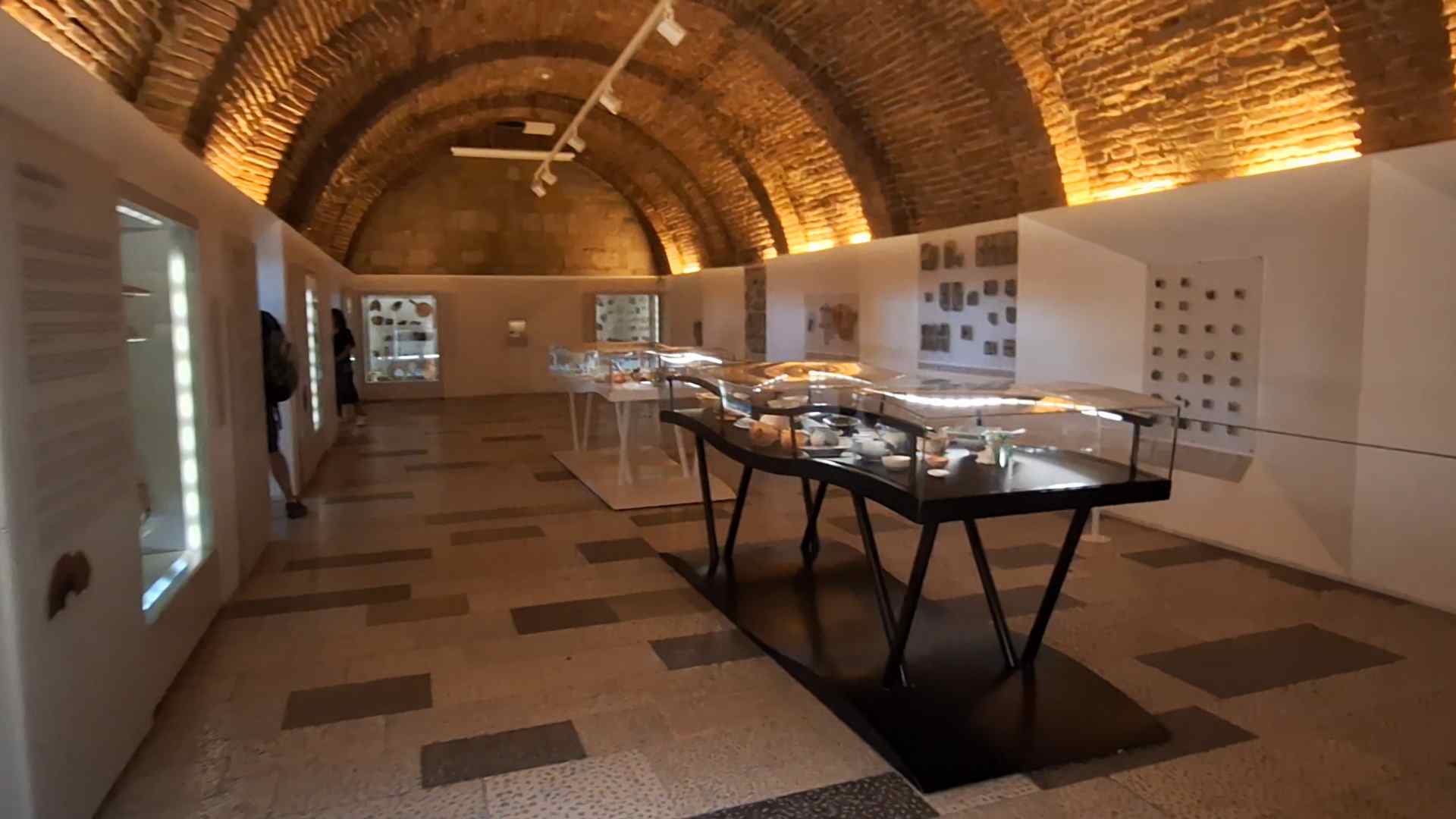
Roman era (205 BC to 409 AD)
The settlements where Lisbon is today were conquered by the Romans in 205 BC. One of these settlements became the core of the city, known as Olisipo- the ancient name of Lisbon.
During this period, the local culture was gradually Romanized. The Roman theater of Olisipo was built in 57 AD. As a whole, this era was prosperous for the city. It grew and became an important trade and political center. In the 4th century, Christianity was set up firmly in Olisipo and the area around it.
The most important points of interest from this era include:
- Roman Theater- only remains, currently closed for renovation, and only a small museum can be seen
- Underground passages under Rua da Prata- not visible today, but only by guided tour on certain dates
- Cerca Velha wall- although it is mostly constructed in later times, its foundation dates from Roman times
- Roman Necropolis under Praça da Figueira- not visible today
- Again, the archaeological excavations in Saint George’s Castle, the excavations under Lisbon Cathedral, and Rua dos Correeiros Archaeological Nucleus reveal remnants from the Roman era too.

Germanic era (409 to 715)
This era began with invasions of various Germanic peoples from the north. Some of them just came and went, but others, like Suebes and Visigoths, remained and established their own kingdoms. Suebes were the first- they ruled over Olisipo from around 409 to 585, and were followed by Visigoths- from 585 to the Muslim conquest around 715.
Not much remains in Lisbon from this era. These people have added an insignificant layer to the archaeological sites in Rua dos Correeiros Archaeological Nucleus and the excavations in Saint George’s castle, but aside from it, only some artifacts were found (like stone crosses, pottery, and jewelry), which are today exposed in the Archaeological Museum in Carmo Convent.
Muslim era (715 to 1147)
The Arabs of the Umayyad Caliphate conquered the whole of the Iberian Peninsula, including Lisbon. They renamed the city to Al-Ushbuni and left significant cultural traces in what today is known as Alfama- the old district of Lisbon. Their traces can be seen mostly as an architectural influence.
In 1022, Lisbon became an independent Muslim state, known as the Taifa of Lisbon, and was conquered by the Taifa of Badajoz in 1034. During the next years, the city was raided by the Norwegian crusaders and the Almoravid Empire. Finally, in 1147, the Christian Portuguese conquered Lisbon.
Points of interest in Lisbon from the Muslim era:
- Saint George’s Castle- this is the era when the castle itself was built as it is today.
- Alfama district- the oldest part of Lisbon. Many buildings that we can see there today were built on Moorish foundations, and the streets today are the same streets from that era.
- The Moorish walls (Cerca Moura)- parts of them can be seen today, integrated into other buildings.
- Largo das Portas do Sol- a viewpoint in Alfama, once one of the main gates to the city.
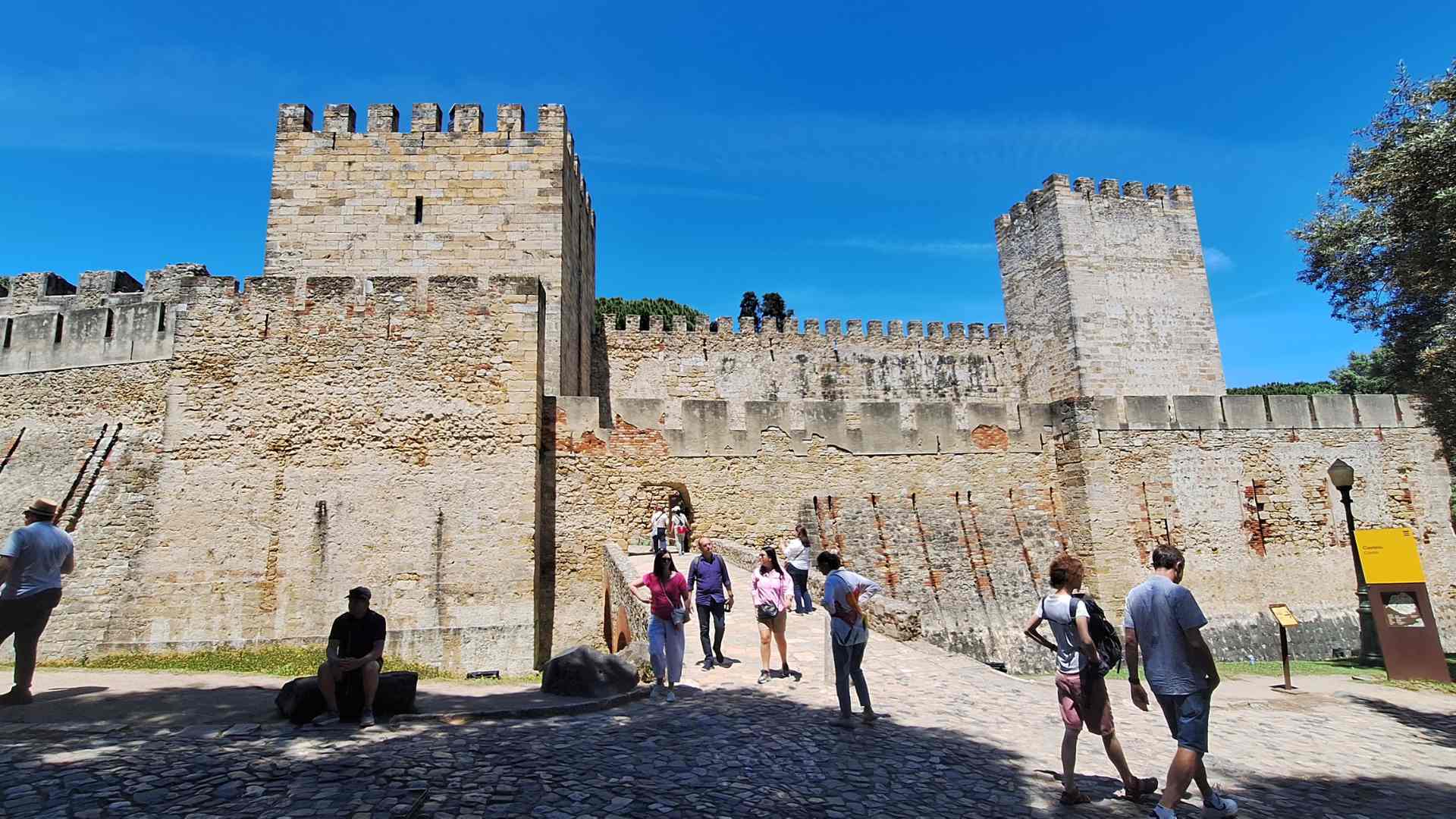
Medieval Portuguese era (1147 to 1640)
Lisbon was conquered by the Portuguese in 1147, in the well-known “Siege of Lisbon”. Since then, despite some Muslim raids at the beginning of this period, it was firmly incorporated into Portugal. In 1255, Lisbon became the capital of the country as it is today.
During this era, Lisbon grew significantly and became an important political and trade center, as well as the main starting point of the expeditions from the Age of the Discoveries (although this starting point, today known as Belem, was still not a part of Lisbon at that time).
A significant number of sites were established in this era. They include the following points of interest:
- Saint George Castle- although built earlier, during that era, it was significantly renewed and used as a royal residence.
- Cathedral of Lisbon- built after the Siege of Lisbon, one of the main sights in the city today
- Carmo Convent- an important religious building from 1389, today used as an Archaeological Museum
- Mosteiro do Jeronimos- a magnificent monastery in Belem, one of the most significant tourist attractions in Portugal, built in the 16th century.
- Belem Tower- an important defensive tower in Belem, serving as a ceremonial gateway for the discovery expeditions. Not far from it is the Monument of the Discoveries.
- Mosteiro de São Vicente de Fora- a monastery built in the early 17th century on the foundation of an earlier monastery
- The Alfama district from Christian Medieval times- new Christian Portuguese elements (in the buildings and architecture) added to the district.
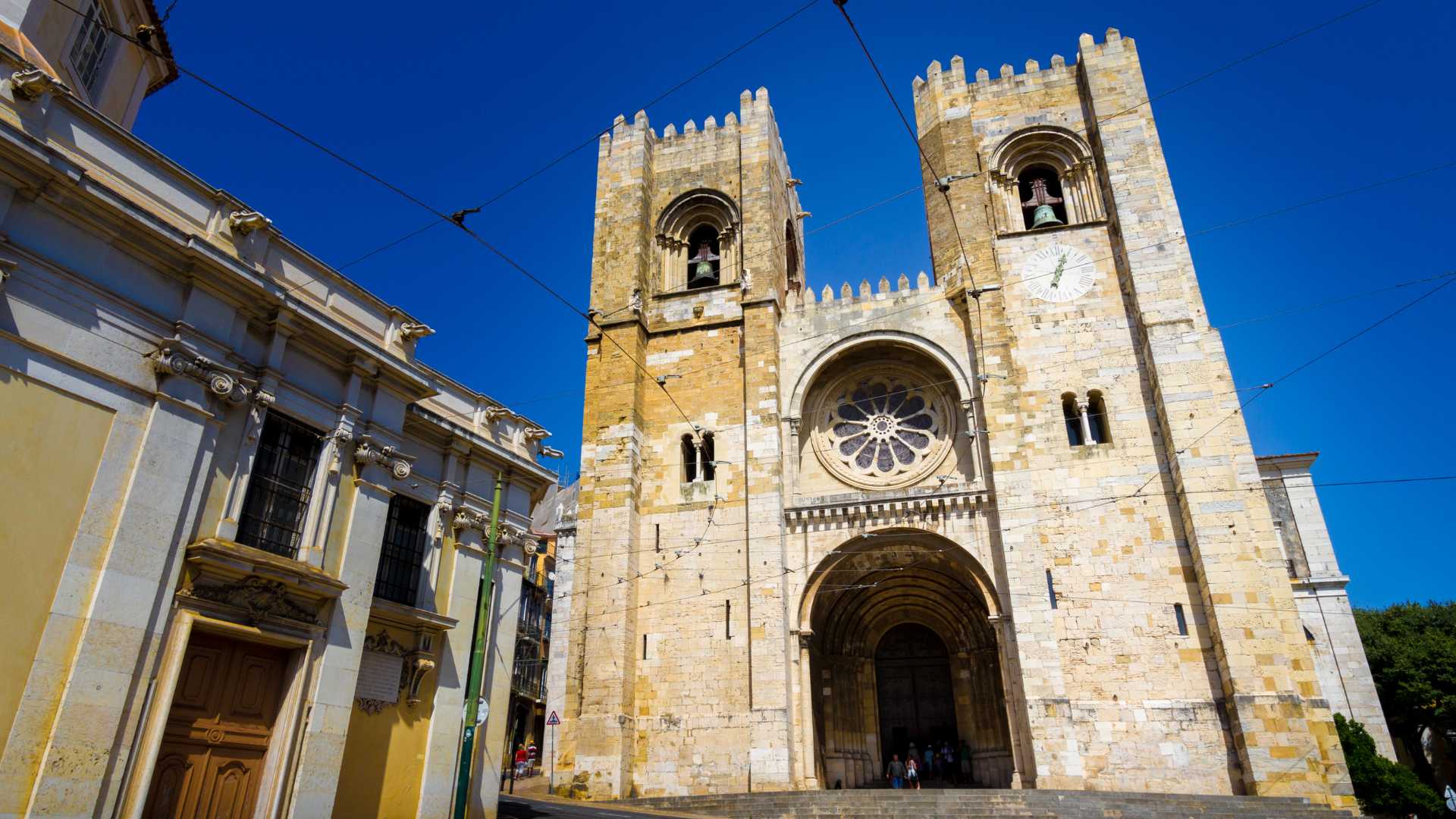
Braganza (Brigantine) Portuguese era (1640 to 1910)
Lisbon’s development proceeded in this era, too. The city remained the capital of Portugal. An important (and tragic) event from these times is the Great Earthquake in 1755, which destroyed a significant part of Lisbon.
After the earthquake, Lisbon was restored and its image changed into a modern city. Some new historic points of interest emerged from this era. They include:
- Palace of Ajuda- the new king’s residence after the Great Earthquake.
- Praça do Comércio- the central square of Lisbon, replacing the former king’s residence after the earthquake.
- Rua Augusta Arch- built in front of Praça do Comércio for commemoration of the restoration of Lisbon after the earthquake.
- National Pantheon- the pantheon of famous Portuguese celebrities.
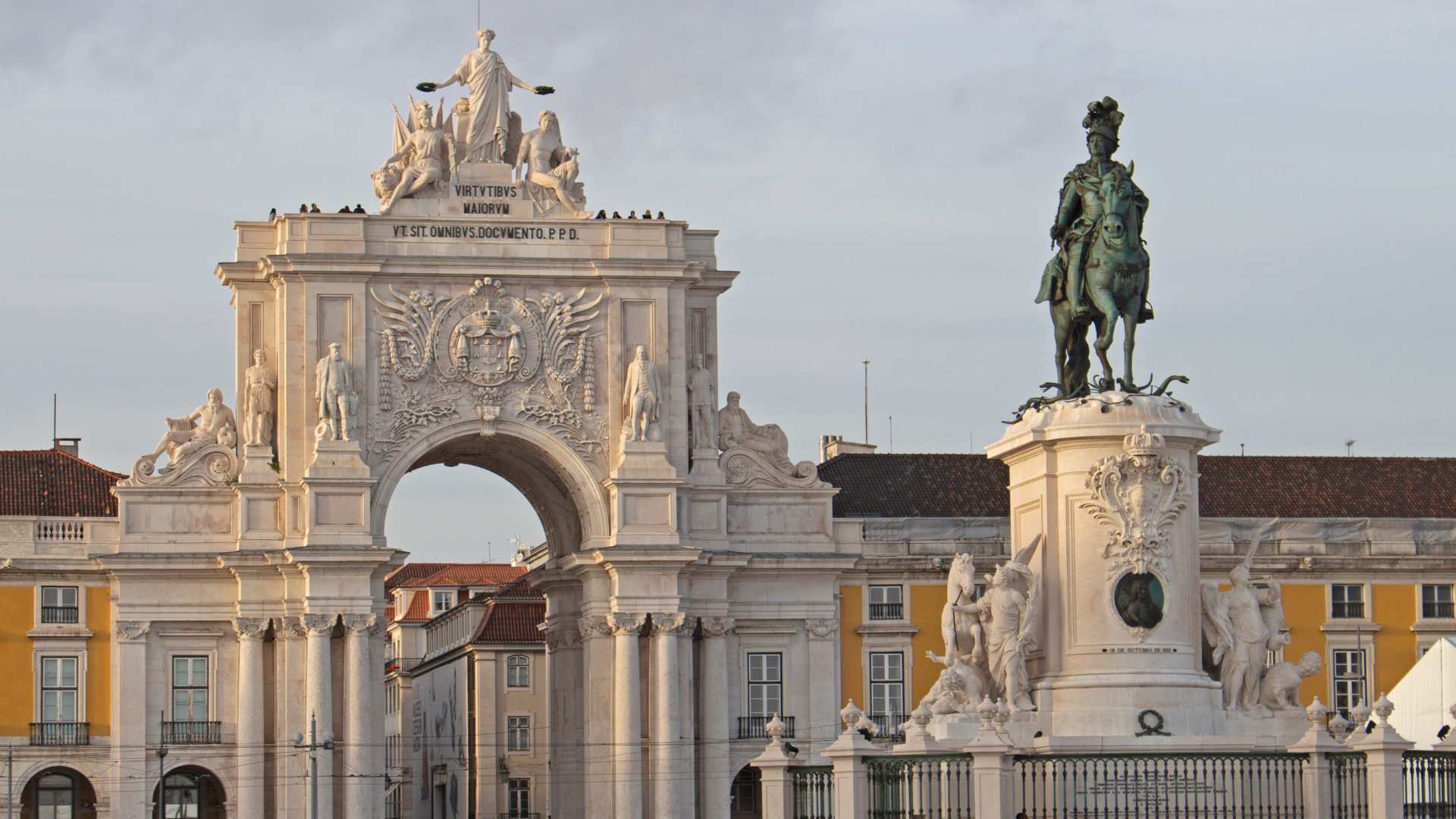
Republic and modern era (1910 until today)
In 1910, Portugal became a republic as it is today. Lisbon remained its capital and became a modern megapolis. Like many other cities in the world, it grew significantly in size, with many new districts, until it became what we see today.
In addition to the old points of interest mentioned from the previous eras, some new attractions have been established. They include the new squares, new parks, a lot of monuments, and a lot of museums.
But probably the most iconic attractions that are distinct exclusively for Lisbon are the old trams, the funiculars, and the lift Santa Justa. They were initially used as a way of public transport but quickly became the favorite symbols of Lisbon.
All of this, combined with the natural terrain of Lisbon- the Tagus river estuary’s coast and the hills above it made the city one of the most famous attractions in Europe. But that’s not all- the geography and history of Lisbon are infused with a unique local culture.
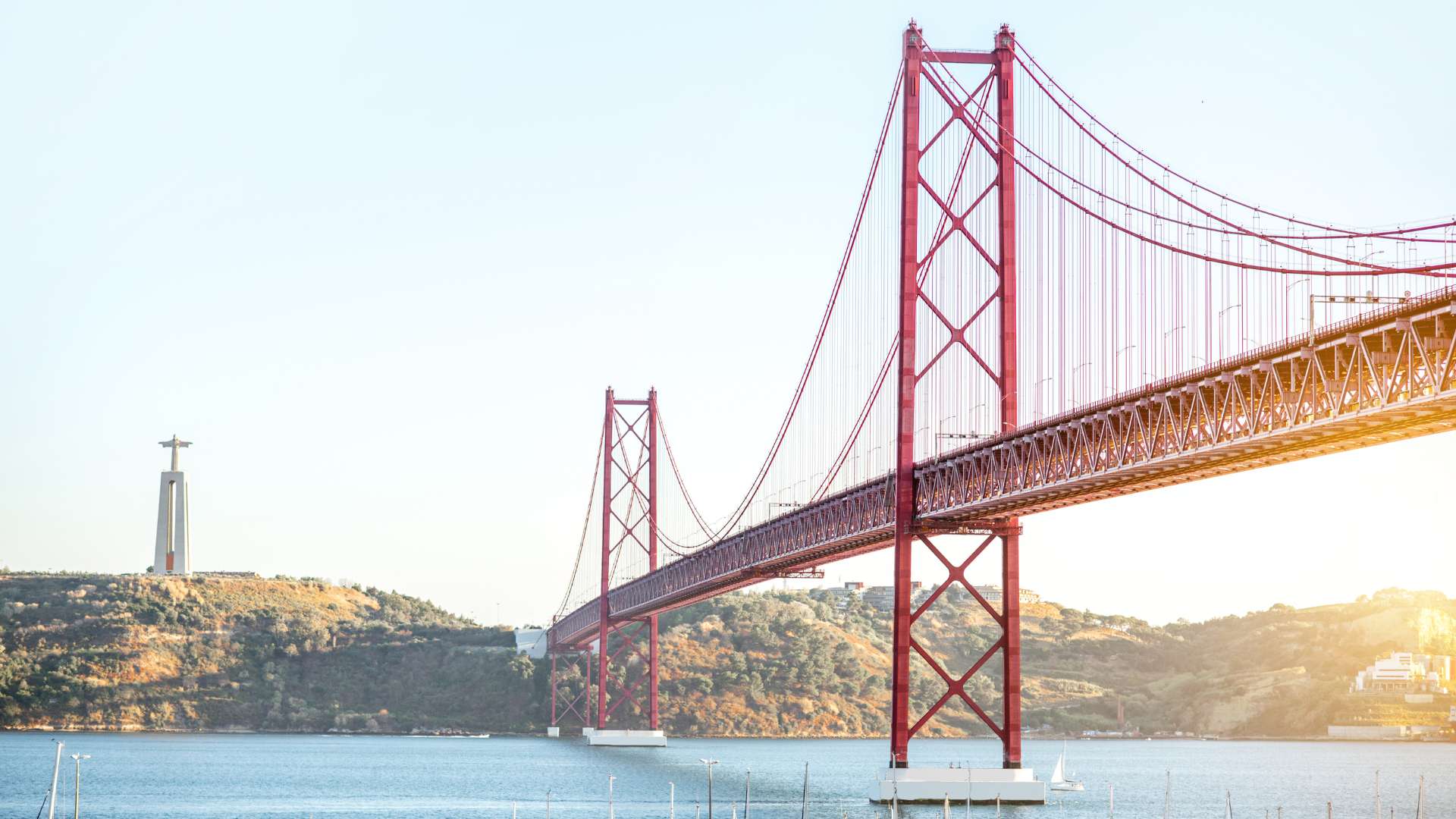
Some culture
Lisbon, as the capital of Portugal, of course, presents the most essential of the Portuguese culture as a whole. And here is the best place to try some of the most iconic elements of this culture.
We can mention the Fado music- the traditional music of Portugal. It is well-spread in the whole country and has gotten famous abroad, and you can hear it in many places in Lisbon- from cafes and restaurants to big outdoor events in the city’s squares. There is even a Museum of Fado where you can listen to this music and learn about its history.
Another local symbol that presents Lisbon and the whole of Portugal is the Azulejos- painted wall tiles in a specific style dating back to Moorish times. Again, there is an Azulejos Museum, presenting the most essential of this tradition.
The Atlantic Ocean also has its deep imprint on Lisbon’s culture. It can be seen not only in the historical sites mentioned above but also in daily life and even in the souvenirs- you can find souvenirs with fish (sardines) everywhere in the city. And there is again a whole museum dedicated to the sea history and culture of Lisbon and the whole of Portugal- the Maritime Museum in Belem.
Finally- custard tarts. They are the most famous traditional meal of Portugal. Their origin can be traced back to the late Medieval times, in Jeronimos Monastery, Belem. Initially made by monks and nuns, they soon spread around the monastery and then not only to the whole of Portugal but also to the Portuguese colonies. During their spread, they have been improved by culinary professionals until they became one of the symbols of Portugal.
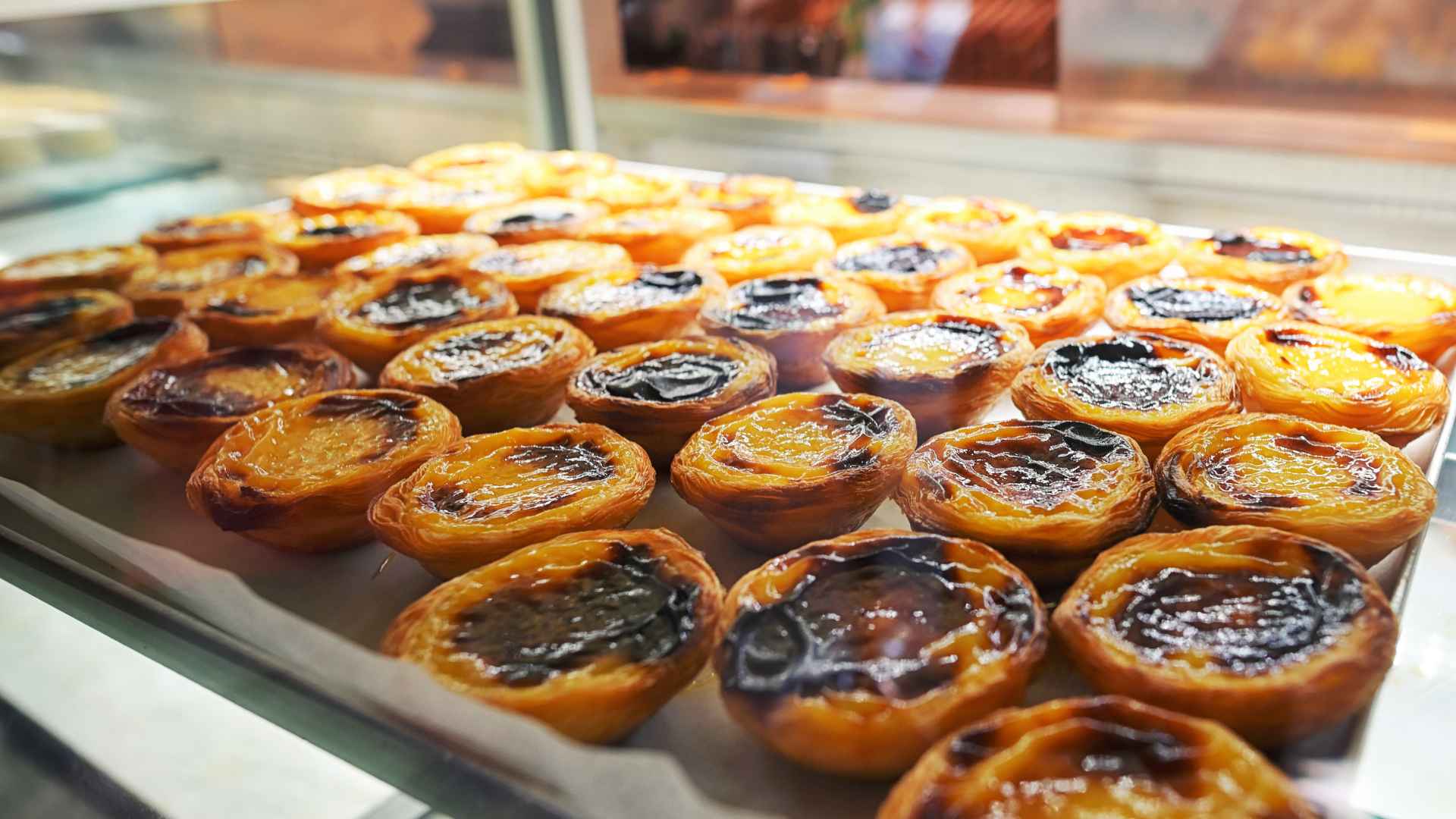
My trip to Lisbon
I (Krasen Jelyazkov) started a trip crossing the whole of Eurasia (Europe and Asia together) in segments, starting from the westernmost point of the continent- Cabo da Roca, to the Pacific Ocean. The first significant destination on my route (located exactly east of Cabo da Roca) was Sintra, the fairy-tale town famous for its castles, gardens, and history. And the second destination, all in the same direction, was Lisbon.
Since Lisbon is not just an average destination but the capital of Portugal, and not just an average capital and big city, but a place with all of this amazing geography, history, and culture, it deserves a special tour.
Many people visit Lisbon for various reasons. Most commonly, they see the city’s most famous point of interest and seek out the best entertainment that Lisbon has to offer. In other words, their most important reason is vacation.
But for me, I had a distinct, less common objective. I visited Lisbon from a geographical and historical point of view (for me, geography and history are entertaining, even more than the “traditional entertainment”). With this reason in mind, I inserted Lisbon on my long-distance route across Eurasia mentioned above and looked at this destination as a part of it, one of this route’s gems.
Lisbon has more than 55 points of interest (as you will be informed if you buy a Lisbon card- more on that later), but, depending on your reason to visit the city, you don’t necessarily need to visit all of them to get what you want from this destination.
So, here are the most significant places to see, described in detail, and some less significant, only briefly mentioned.
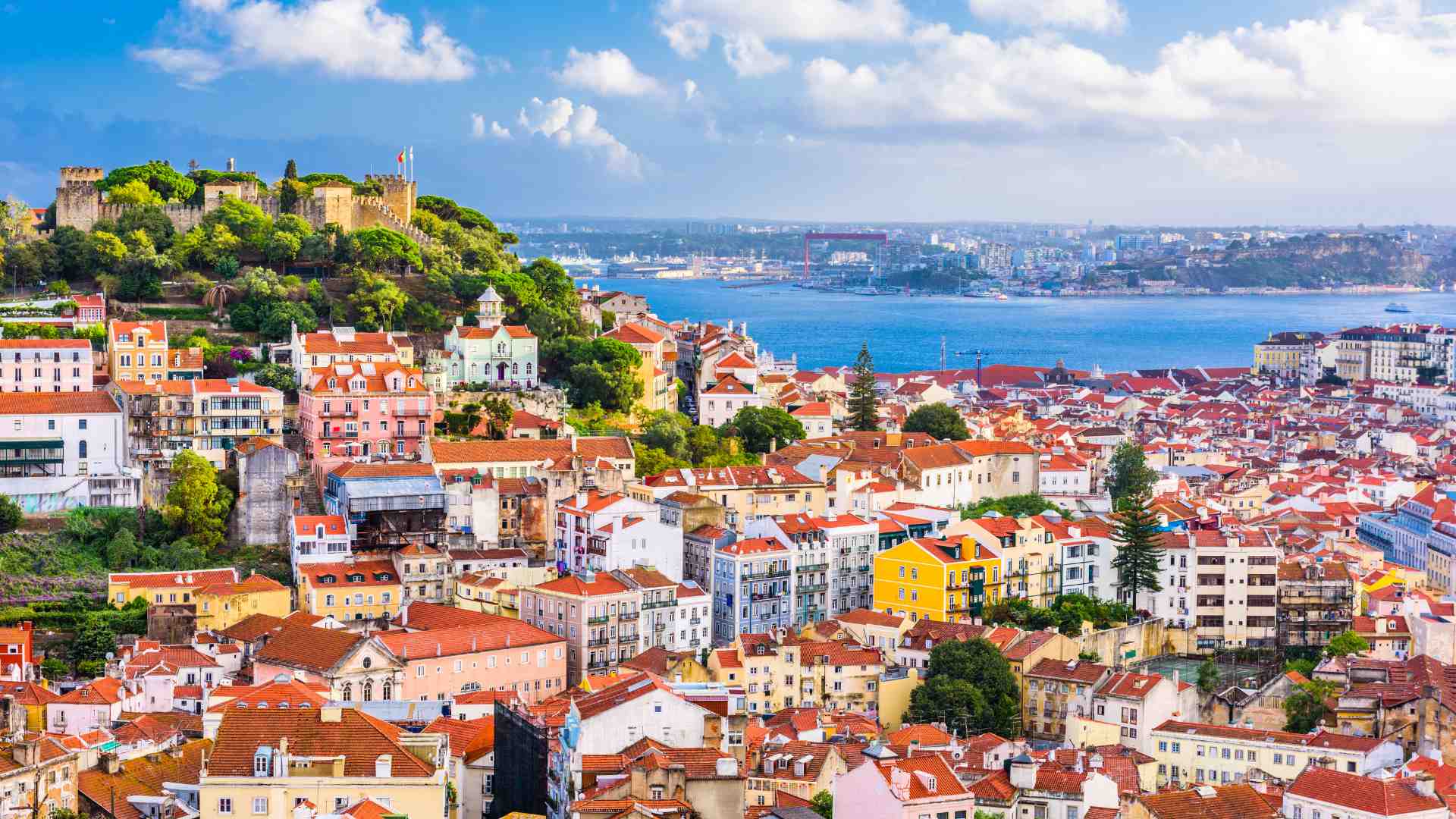
Best places to visit in Lisbon
If you plan to explore Lisbon, the best thing to do is to divide it into two zones. The first zone is the central part of Lisbon. It includes not only the historic district of Alfama but the whole urban area around it. The second zone is Belem- the area with some important sites. These zones don’t necessarily follow the actual administrative borders of the city but can be considered entirely from the traveler’s point of view.
 Exploring the Earth is fantastic! However, there are various hidden dangers that may ruin your journeys. Don’t allow that to happen, or at least reduce the consequences as much as possible!
Exploring the Earth is fantastic! However, there are various hidden dangers that may ruin your journeys. Don’t allow that to happen, or at least reduce the consequences as much as possible!
Include a travel insurance as a part of your trip preparation by pressing the button below:
Center of Lisbon
The central part of Lisbon for you as a traveler borders Gomes da Costa Boulevard and E1 highway in the north, IP7 road in the west, and Tagus River estuary in the south and east. And below are the best places to see and things to do in this area.
Saint George’s Castle
This is the most important historical site in Lisbon. We can say that it contains almost the whole history of the city because the castle is not only a fort with walls and towers, but much more.
As described above, Saint George’s Castle was built around the 8th century by the Arabs, but before that, there were older fortifications and other earlier constructions in this place, some of them dated from pre-Roman times.
Saint George’s Castle is located at the top of São Jorge Hill (110 m above sea level). The whole site contains the main fort, an Archaeological Site, an Exhibition, and a garden (with several peacocks walking around and entertaining tourists).
The Archaeological Site is the place where you can see ruins from the 1st millennium BC, the Exhibition is a small Archaeological Museum with artifacts found in the area of Lisbon from the same distant past, and the main fort is what it looked like in the Muslim and Medieval eras (of course, today restored). And you can enjoy amazing panoramic views of Lisbon from above almost everywhere.
Entrance fee: 15 EUR for adults (for more information about prices, discounts, and online booking see HERE.
Working hours: Summer (March 1 to Oct 31)- 9:00 am to 9:00 pm; Winter (Nov 1 to Feb 28/29- 9:00 am to 6:00 pm
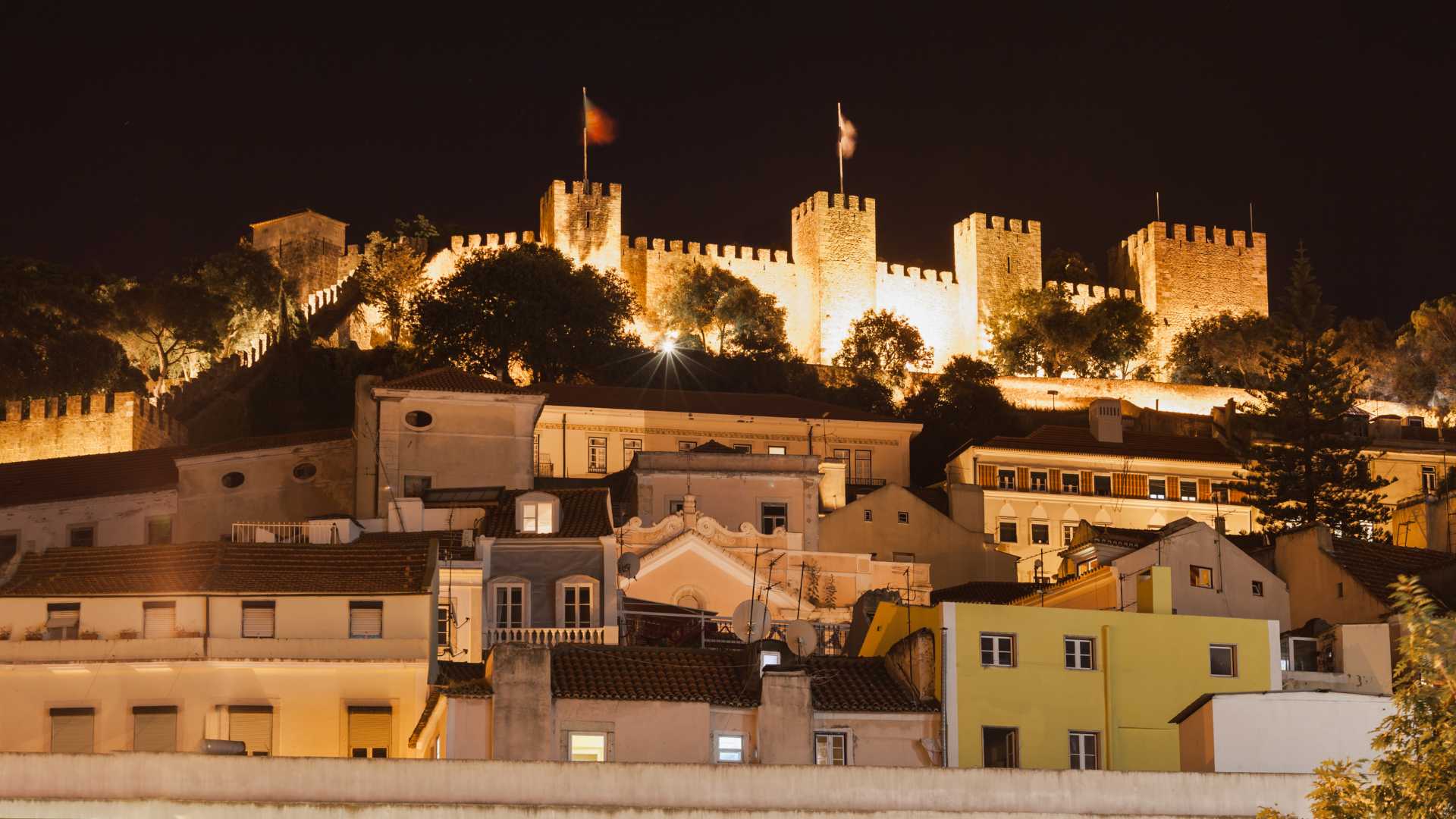
Around the streets of Alfama
The famous Alfama district is established on the slopes of São Jorge Hill. As a typical “Old Town”, this area contains narrow streets (often steep) and old houses, small boutique hotels and cafes, souvenir shops, and more tourist facilities. You can also find small but cute spots with panoramic views, with a piece of art, or with an amazing tree.
Despite the steepness of the streets, there is an old tram network. Trams traveling in this area are small and old, creating vibes from a century ago. The most famous of them is Tram No. 28, and there is an alternative- Tram No. 12.
Another forms of exotic transportation in Alfama are local tuk-tuks, pedicabs (cycle rickshaws), and electric bikes. All of the above creates a unique local historical atmosphere, bringing you back in time, at least about 100 years ago.
But let’s proceed with the points of interest in Alfama.
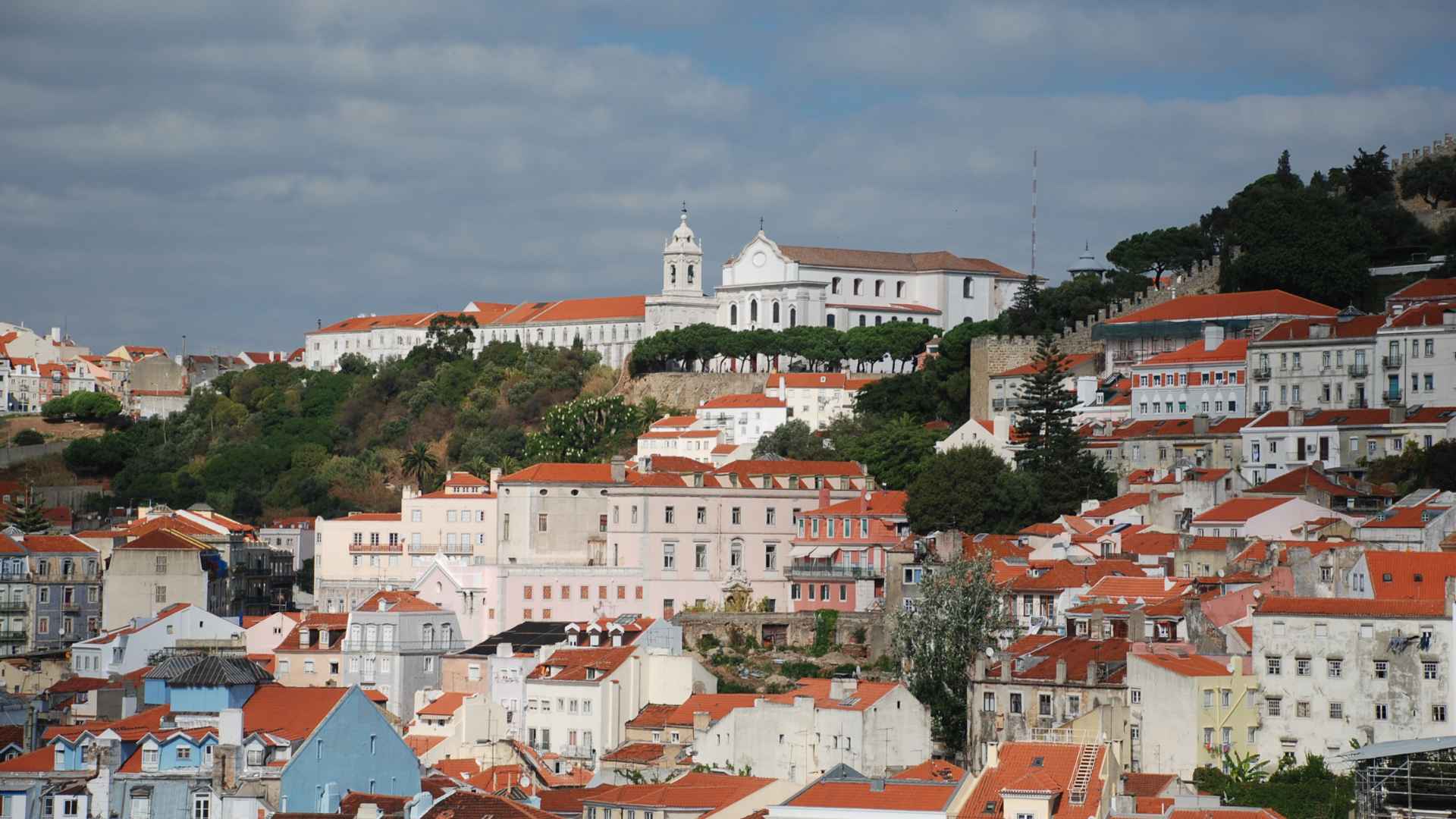
Cathedral of Lisbon
This is one of the major historical and religious attractions in Lisbon. The Cathedral of Lisbon is one of the largest cathedrals in Portugal.
As mentioned above, there were ruins of pre-Roman and Roman buildings in the spot where the Cathedral is located. During the Visigothic times, there was a Christian church (nothing remained of it), and during the Muslim times, a mosque.
When King Afonso Enriques of Portugal conquered Lisbon in 1147, he immediately started to build the Cathedral. It was accomplished about 80 years later, and since then, it has been constantly renovated.
Today, you can visit its main hall where the services are held, as well as its treasury, cloister, high choir, and naves.
Entrance fee: For the main hall only- free. Including treasury and cloister- 4 EUR (adults). The whole Cathedral- 7 EUR (adults). For more information about various ages, discounts, and online tickets, see HERE.
Working hours: Summer- 9:30 am to 7:00 pm; Winter- 10:00 am to 6:00 pm. On special occasions, the Cathedral can be closed to tourists.
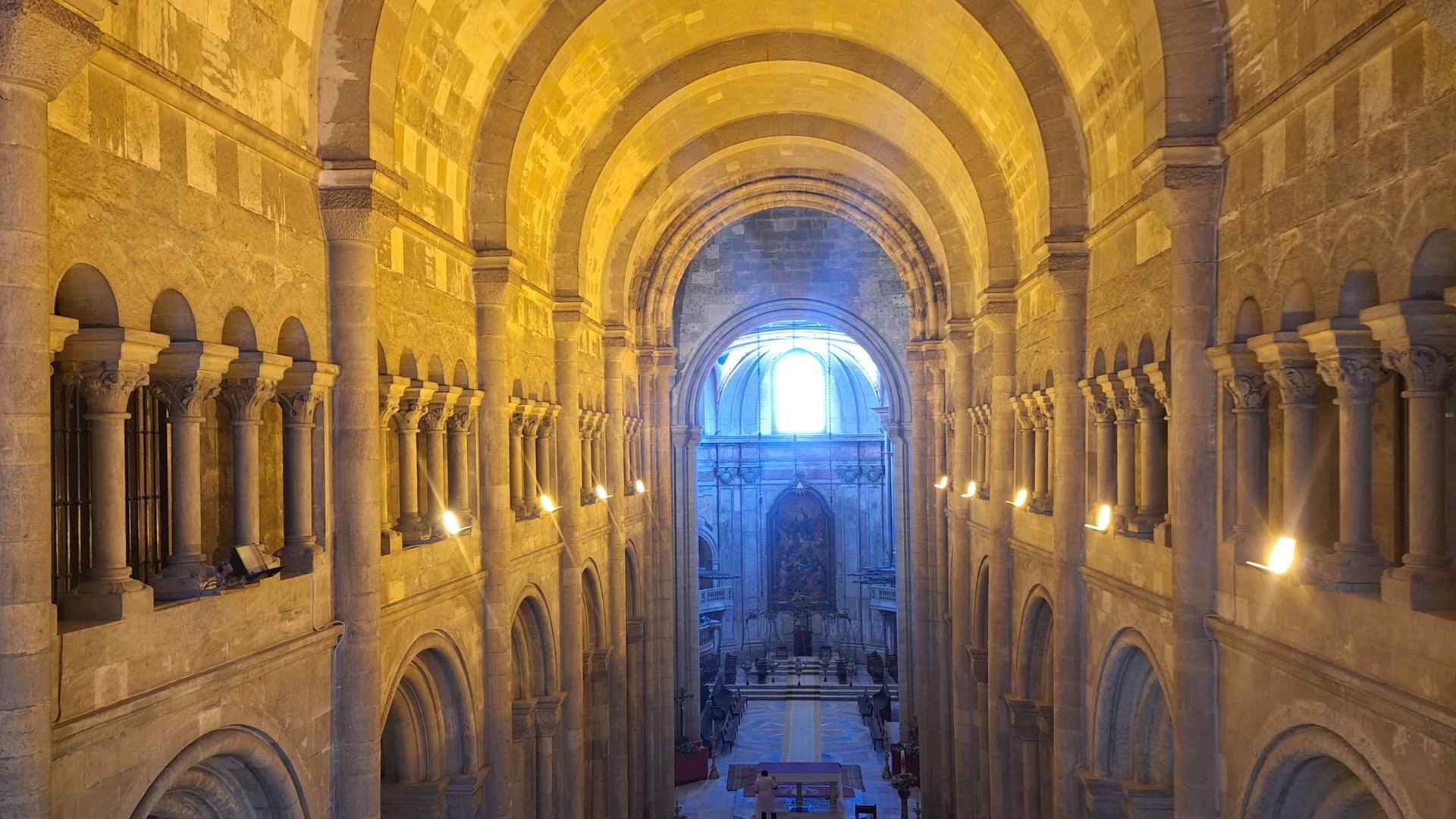
National Pantheon
This is another prominent monument of history and culture located in Alfama. Although initially it was constructed as a church, called Santa Engrácia, its main purpose was to serve as a pantheon for prominent figures from the recent history of Portugal.
Its construction began in 1681 but was fully accomplished in 1966, when its last element- the iconic dome- was built. Among the most famous people whose tombs are located here are the Queen of Fado, Amália Rodrigues, the football player Eusébio da Silva Ferreira, and more.
The Pantheon was built in the Portuguese Baroque architectural style and is notable for its striking marble interior. All of this gives travelers a unique immersion in the recent history of Portugal.
Entrance fee: 4 EUR, free for children under 12
Working hours: April to September- 10:00 am to 6:00 pm, October to March- 10:00 am to 5:00 pm. Mondays closed.

São Vicente de Fora Monastery
This monastery is not far from the Pantheon. It was initially built by the first Portuguese king, Afonso Henrique, in 1147. The monastery was dedicated to Saint Vincent as a promise to him if the Siege of Lisbon was successful.
During the later centuries, the monastery was renovated multiple times, adding new architectural elements from the new eras. Some of its key features are the Baroque tiles- Azulejos. It also served as a pantheon for the Braganza family members.
Entrance fee: 8 EUR. For more information about discounts and online tickets, see HERE.
Working time: 10:00 am to 6:00 pm. Mondays closed.
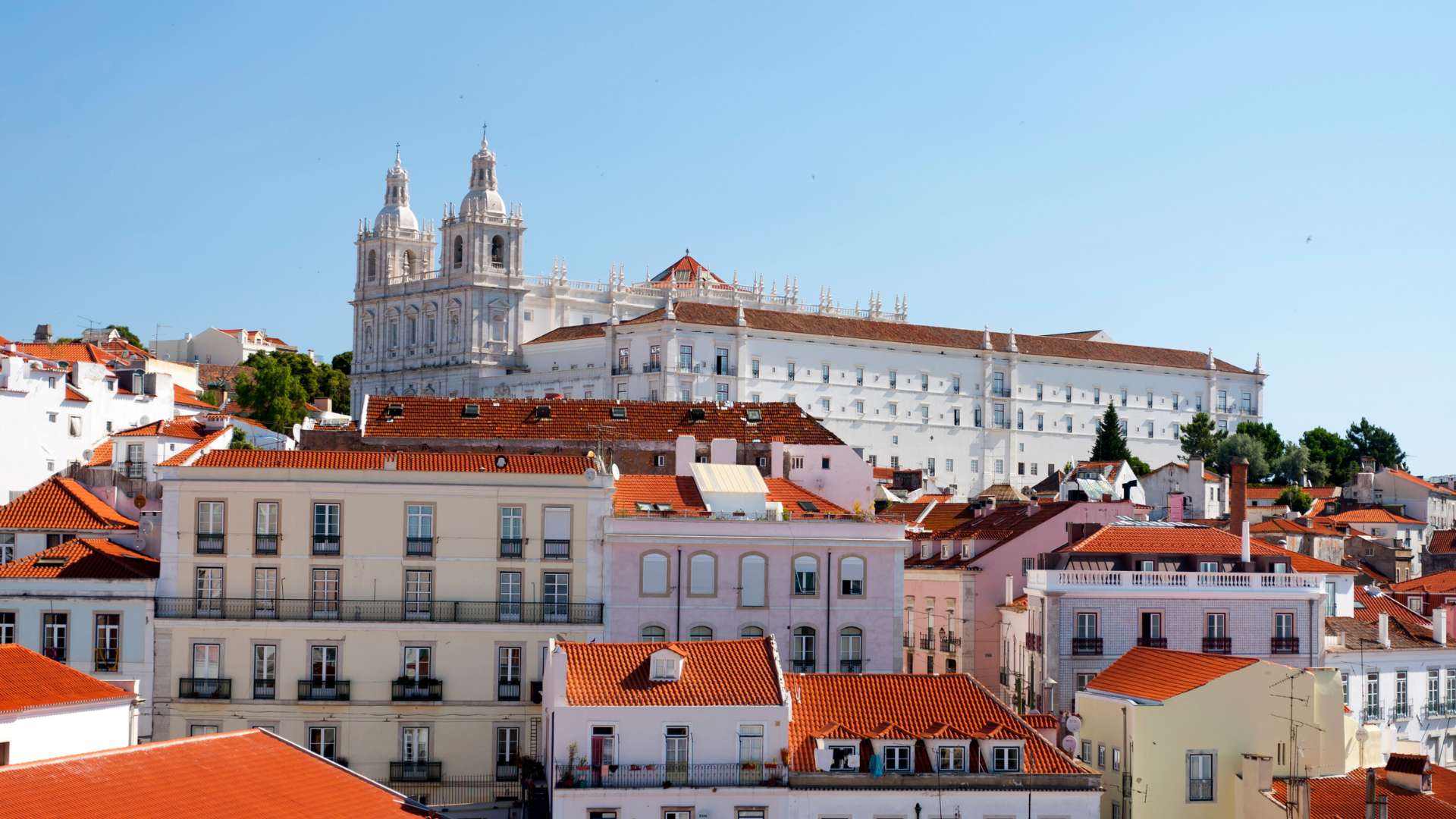
Praça do Comércio
Now we descend from Alfama and approach the coast of the Tagus River Estuary. Here is the most prominent city square in Lisbon- Praça do Comércio, another iconic point of interest.
When the Portuguese kings conquered Lisbon, they established their residence in Saint George’s Castle. But in 1498, King Manuel I moved the residence to where the Praça do Comércio is today. The new palace was called Ribeira Palace- a magnificent presentation of the Portuguese Empire, with marble steps descending to the Tagus River.
However, the Great Earthquake in 1755 completely destroyed the palace. After that, the Portuguese kings moved to Ajuda, where they built a new palace. And the site of Ribeira Palace was transformed into a city square- the central square of Lisbon, with the statue of King Jose I, and a renovated version of the marble steps. Today, it is one of the most iconic spots in the city.
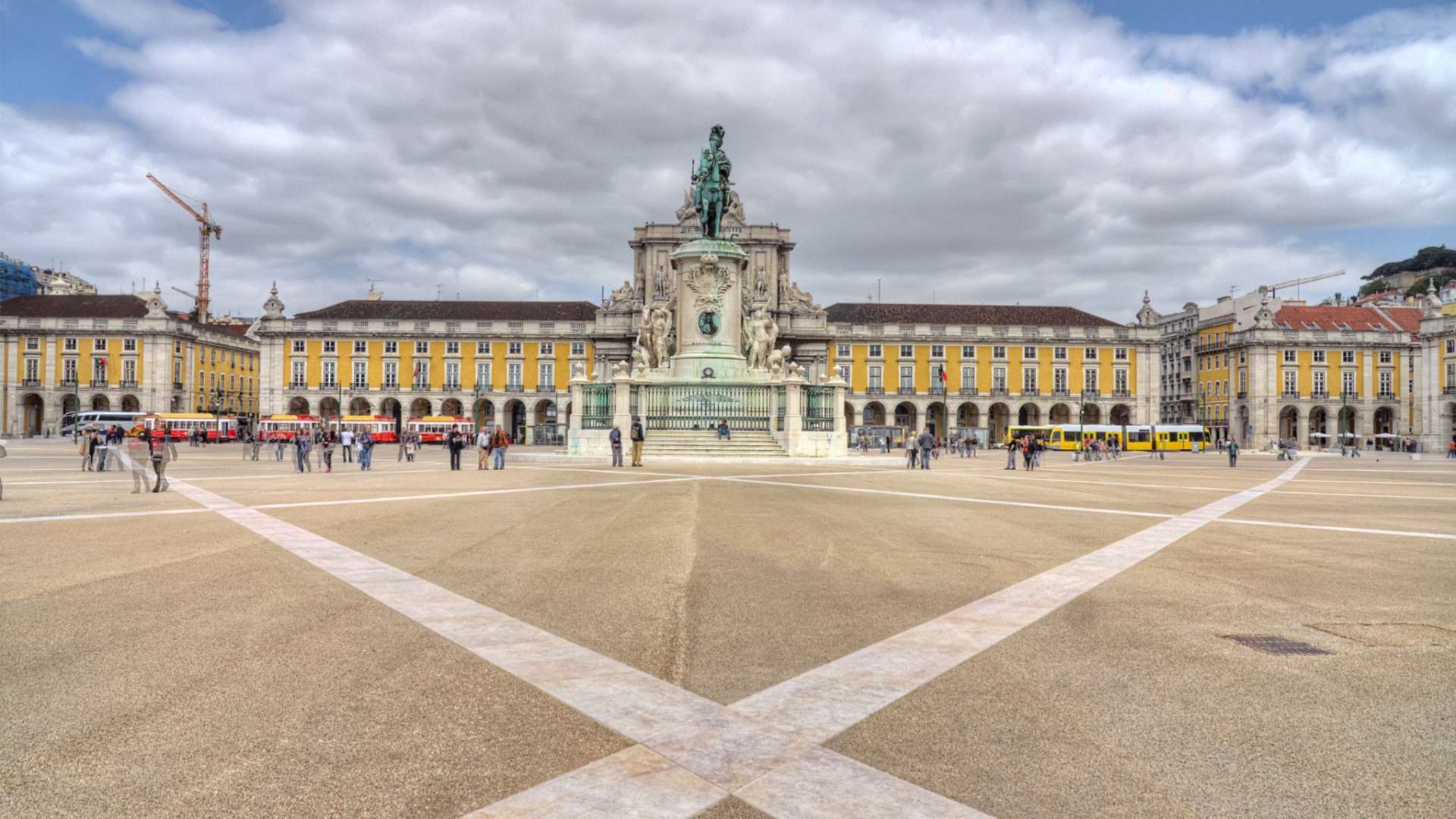
Rua Augusta Arch
To make the whole scenery of Praça do Comércio full, north of it is the majestic Rua Augusta Arch. It was built after the Great Earthquake and the reconstruction of the city. The main purpose of the arch was to commemorate the emergence of a new, prosperous Lisbon. Its location exactly in the middle of the north side of Praça do Comércio, and its function as a gate to Augusta Street (Rua Augusta), the main pedestrian street of Lisbon, was planned as a part of a new city design.
Today, there is an elevator leading to the top of the arch with a panoramic terrace, revealing unforgettable views of the square in the south with the Tagus River behind it, and the bustling Augusta Street in the north.
Entrance fee to the terrace: 3 EUR
Working hours: 10:00 am to 7:00 pm
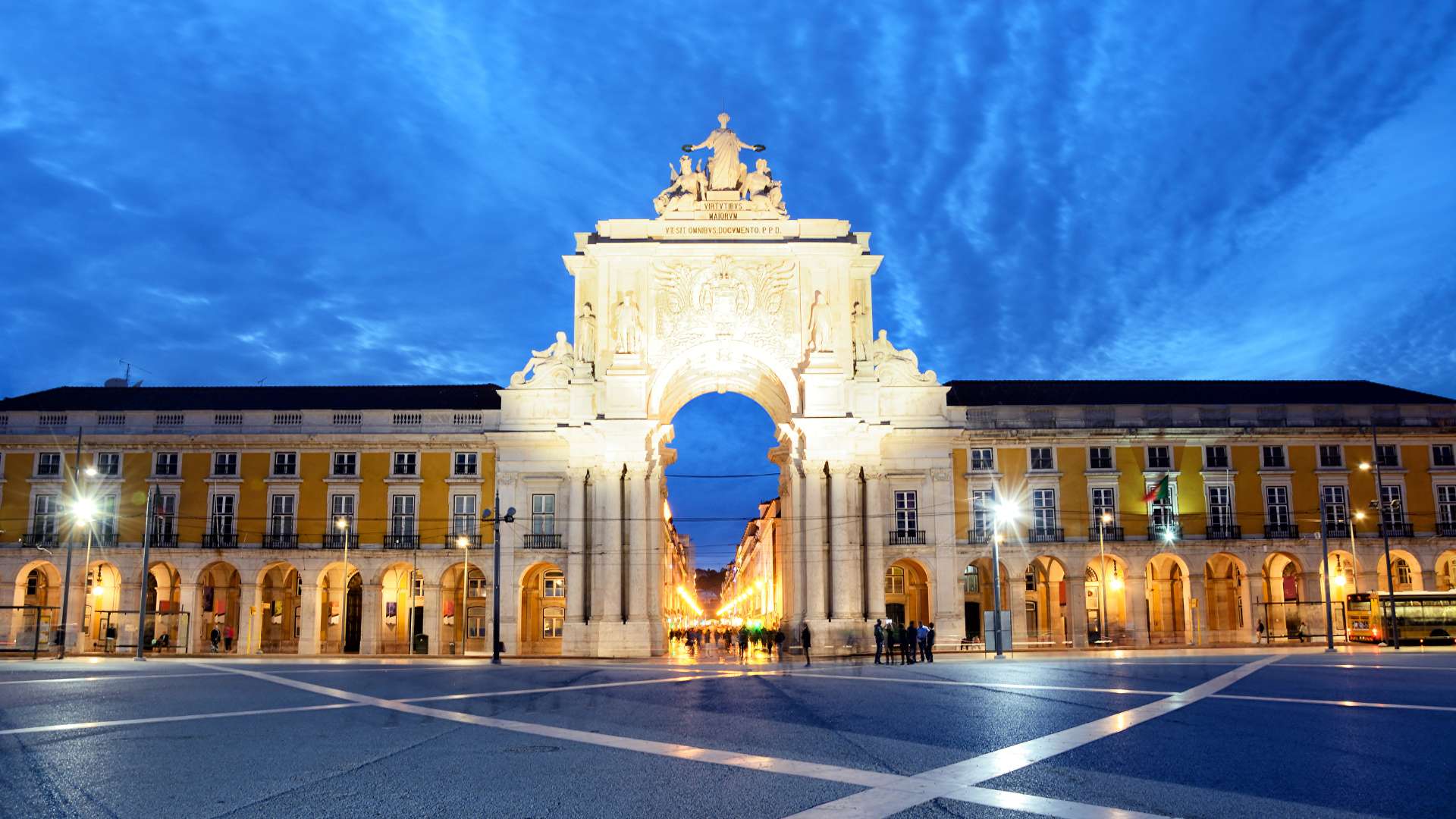
Rua Augusta and the neighboring streets
Rua Augusta (Augusta Street) connects Praça do Comércio with Praça do Rossio in the Baixa District. This is the main street where locals and visitors of Lisbon go walking, shopping, or just relaxing. It is full of restaurants, cafes, and shops.
But it is not alone- the neighboring parallel streets, as well as the crossing streets, form a network of bustling life. Although not all of them are pedestrian, they create the main walking and shopping area of the city. And they are connected to the main central squares in Baixa.
While you walk on these streets, don’t forget to try custard tarts! This is the best place to find them, almost in every corner!
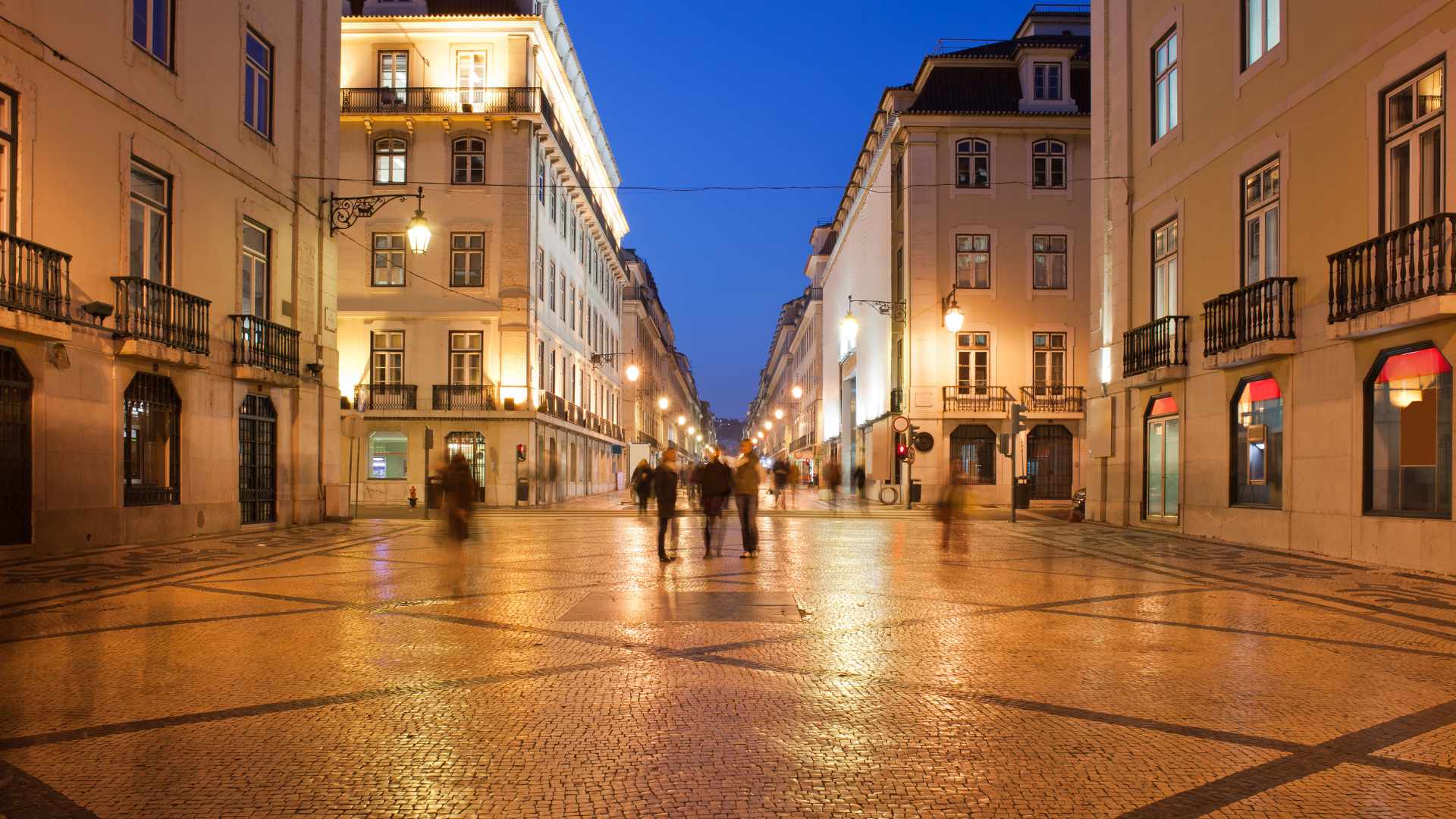
The central squares in Baixa
Baixa is another central district in Lisbon. It is more modern than Alfama, and in general, it was formed during the reconstruction of the city after the Great Earthquake. This reconstruction included the establishment of two of the squares- Praça do Rossio and Praça da Figueira. A century later, the third square was established – Praça dos Restauradores.
Praça do Rossio is famous for its cobblestone wave pavement, symbolizing sea waves and the maritime history of Portugal. This symbolic pavement was used in many other Portuguese-speaking cities in the world.
Praça da Figueira is prominent with its statue of King João I. The Praça dos Restauradores presents an obelisk dedicated to the independence of Portugal from Spain.
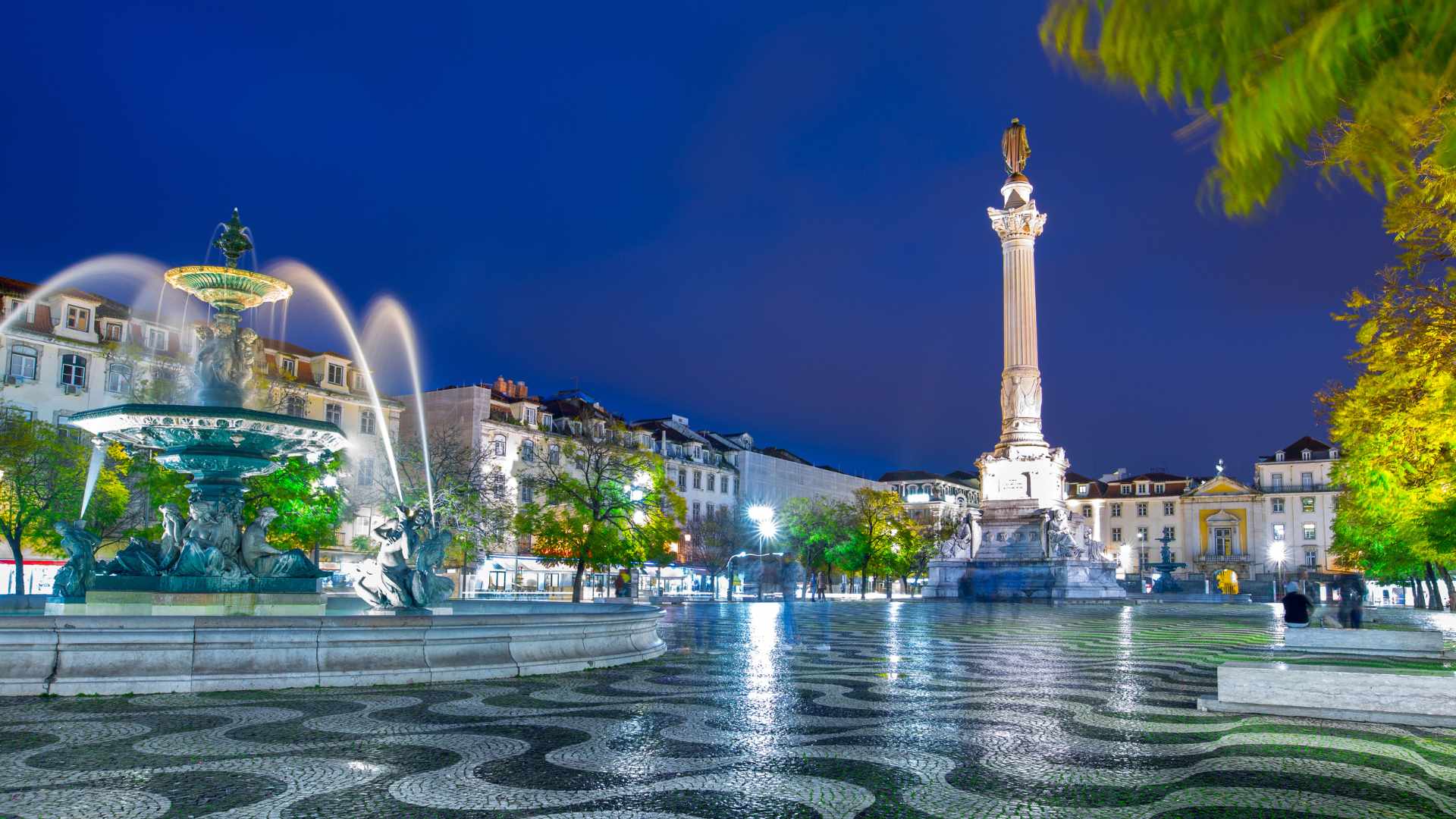
Lift Santa Justa
You can see it on one of the streets crossing Rua Augusta- a tall tower with a covered terrace on its top. This is actually intended to be a way of transportation and a shortcut between the lower streets in Baixa with the higher area around Carmo Convent in the Chiado district. Its construction began in 1900 and opened for use in 1902. It was not just a lift but a lift with architectural value, in neo-Gothic style, 45 m tall.
The terrace on the top provides panoramic views of the area. It is connected with a corridor to the ground of the higher Chiado district. Today, it is used not only for transportation but mostly as a tourist attraction.
Entrance fee: 6 EUR
Working hours: 7:30 am to 10:00 pm
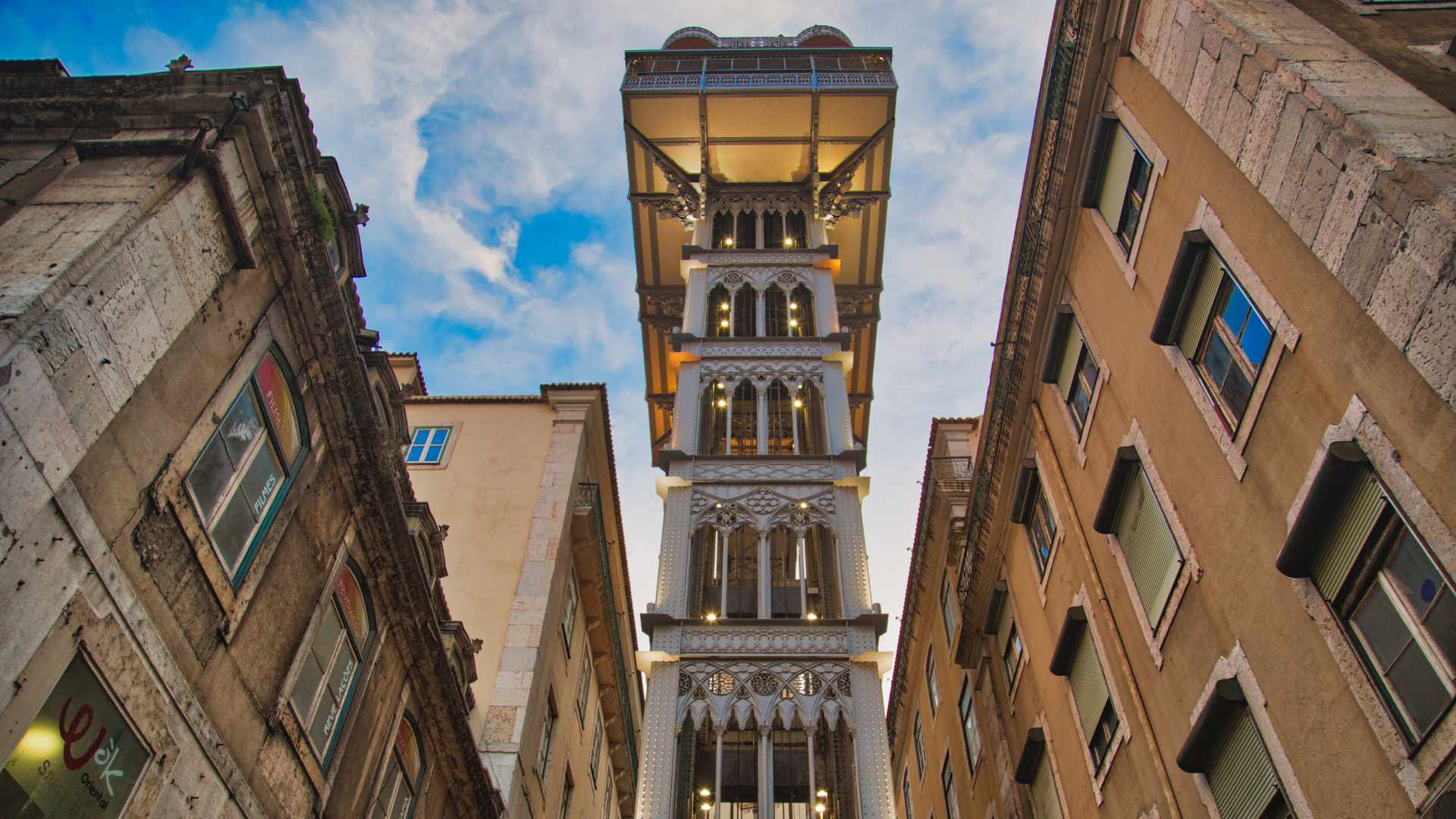
The funiculars
This is another iconic attraction in Lisbon, one of the symbols of the city. They move on rails and look like old trams. And they are indeed a hybrid between a tram and an elevator. Their purpose initially was just to serve as a means of transportation for citizens moving from lower to higher parts of the city. They were built at the end of the 19th century.
Today, there are three funiculars- Gloria (connecting Praça dos Restauradores with Miradouro de São Pedro de Alcântara- a spectacular viewpoint to Baixa and Alfama districts), Bica (connecting Rua de São Paulo with Largo de Calhariz), and Lavra (the oldest one, connecting Largo da Anunciada with Rua Câmara Pestana). Their routes are very short, always on steep streets.
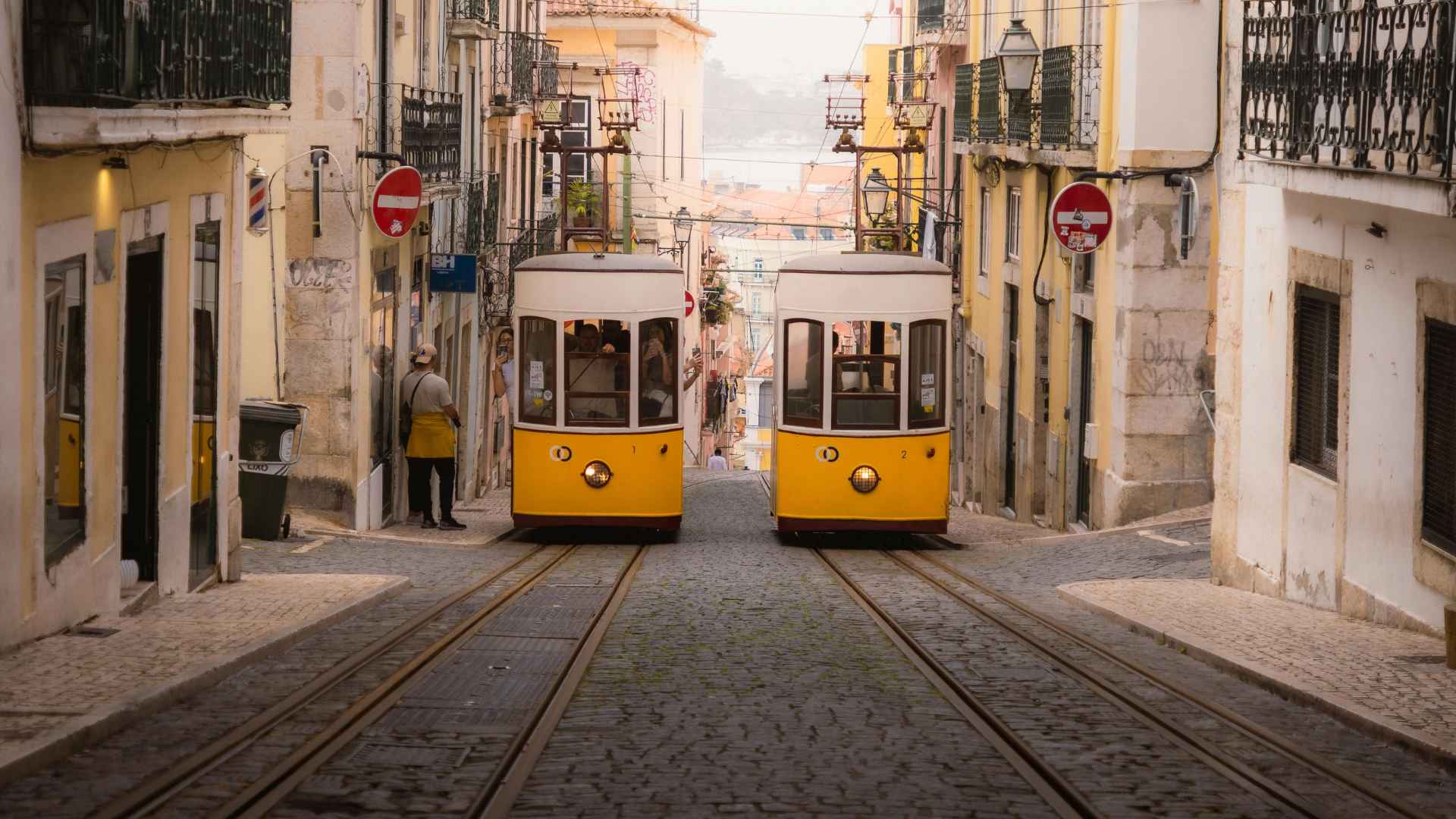
Ticket: 4,10 EUR
Working hours: 7:00 or 7:50 (for Lavra) to 9:00 pm (Bica), 7:55 (Lavra), and midnight (Gloria).
Carmo Convent and the Archaeological Museum
Let’s go back to the Santa Justa lift. As mentioned above, it takes you from the streets of Baixa to Carmo Convent. When you go out of its corridor, you will see ruins of a magnificent construction in Gothic style, built in 1389. It was heavily destroyed by the Great Earthquake in 1755 and has remained as ruins to this day.
However, today the ruins are preserved, and an Archaeological Museum was established inside them. This museum presents artifacts from prehistoric to Medieval times, Gothic tombs, and The Main Apse of the Convent.
Entrance fee: 5 EUR. For more information about prices, discounts, and online tickets, see HERE.
Working hours: Summer- 10:00 am to 7:00 pm; Winter- 10:00 am to 6:00 pm. Sundays closed.
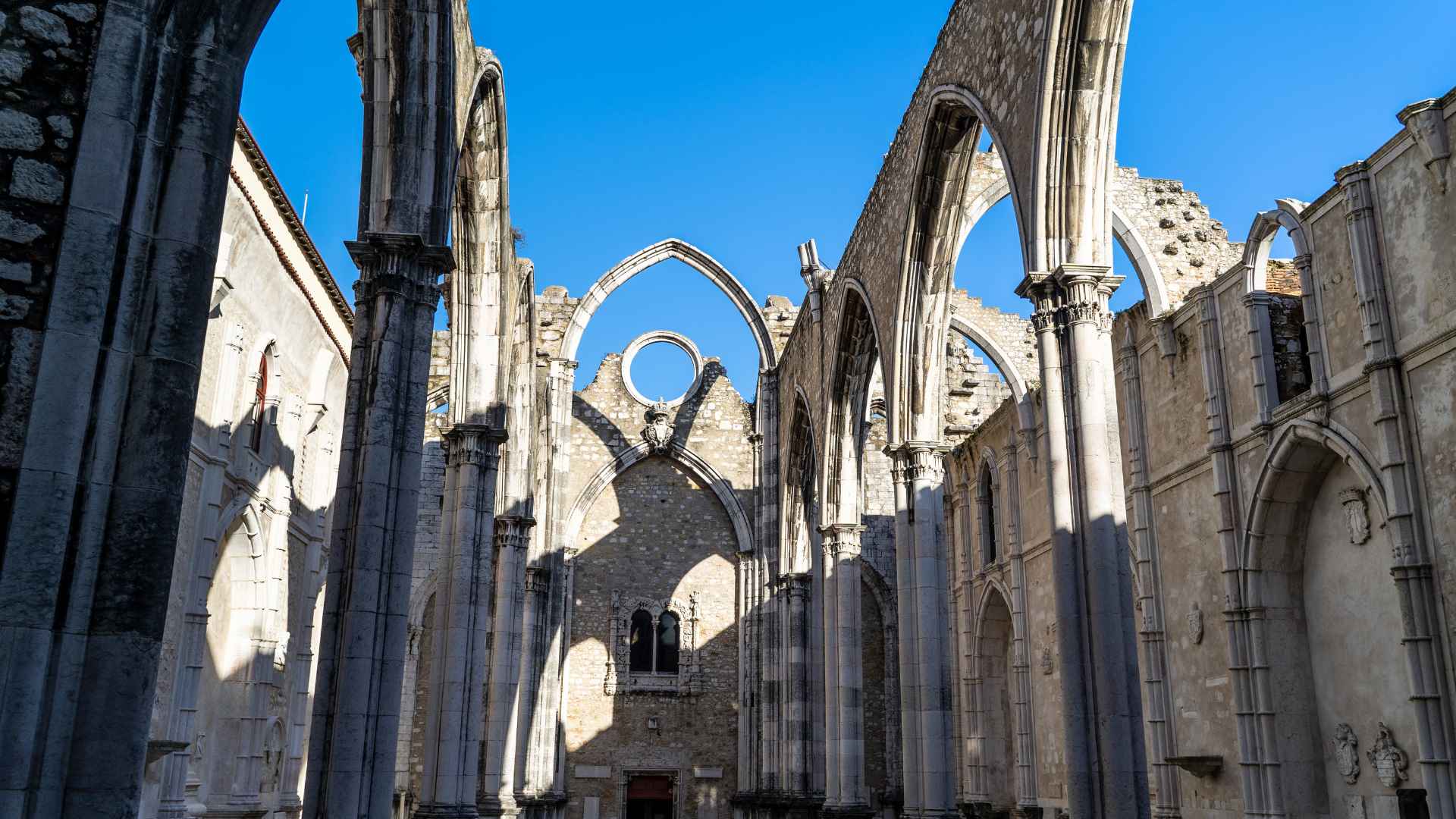
These are the most essential points of interest in the central part of Lisbon, enough for getting the best of the city, especially if you include it as a part of a longer travel route. But there are many more minor spots worth visiting too, if you have time.
Minor points of interest in the central part of Lisbon
Some of these minor points of interest actually can be very exciting, like a unique, additional spice to a meal. So, let’s take a look at them briefly.
- Azulejo Museum (National Tile Museum). A nice museum dedicated to the famous traditional Portuguese tiles. Located northeast of Alfama.
- Pimenta Palace. A part of the Lisbon Museum. Located in the northernmost part of the center. Presents artifacts from the city’s history, from ancient to modern times.
- Roman Theater Museum– another part of the Lisbon Museum. Located in Alfama, near the Cathedral. As mentioned above, it is one of the few remnants from Roman times.
- Santo Antonio Museum– one more part of the Lisbon Museum. Located in Alfama. Dedicated to Saint Anthony, the patron of the city.
- Gulbenkian Museum. Located in the north-northwestern part of the center. Established by the philanthropist Calouste Gulbenkian. Presents precious art collections from various eras and regions in the world. Not only a building but also a beautiful garden.
- Park Eduardo VII. One of the most beautiful parks in Lisbon. Located north of Rossio.
- Lisbon Botanical Garden. Another beautiful park with various plant species, some of them exotic.
- Foz Palace. Located at Praça dos Restauradores. An 18th-century palace of a noble, presenting a unique architectural style. Currently used for events. Visits only by organized tours.
- Rua dos Correeiros Archaeological Nucleus. As mentioned above, it is located under the Millennium BCP Bank. Presents remnants from pre-Roman and Roman times.
- Lisbon Geographic Society. Close to Praça dos Restauradores. An Ethnographic Museum with artifacts from various places on Earth conquered by the Portuguese. There is also a library and a Hall of Standards (a room dedicated to the Portuguese discoveries).
- Prazeres Cemetery, Lisbon. A cemetery like a park, with historical and artistic value. A nice place to walk.
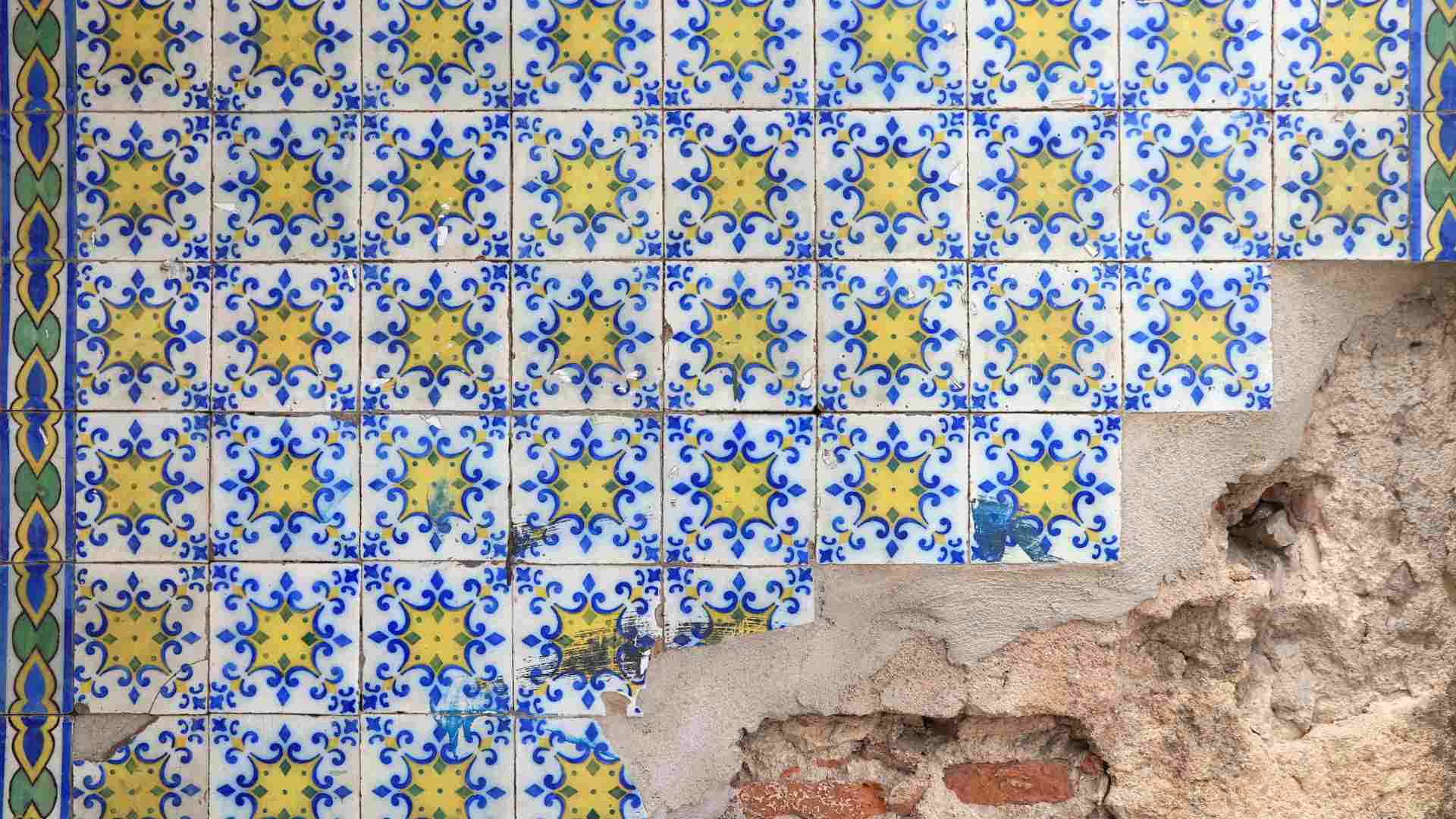
Belem
Now, let’s move to Belem, the western district of Lisbon.
Portugal’s history and culture are tightly related to the seas and oceans, to sailing, expeditions, geography, and discoveries. And Belem is the center of all of that. This is the starting point of the European Age of Discoveries.
There are a few very important points of interest located here, presenting the source of the discovery and adventurous vibes.
Belem Tower
This is one of the most iconic sights in the whole of Lisbon. Belem Tower was built between 1514 and 1519 for two purposes. First, it served as a military stronghold. And second, as a ceremonial gateway to Lisbon. Expeditions started their journeys from here and arrived successfully from their adventures to here again.
The tower is built in Manueline style with Moorish influence. A unique architectural feature is a small rhino gargoyle symbolizing the exotic artifacts brought by the explorers from distant lands.
Entrance fee: 6 EUR. For more information about prices, discounts, and online tickets, see HERE.
Working hours: May to September- 10:00 am to 6:30 pm; October to April- 10:00 am to 5:30 pm. Mondays closed.
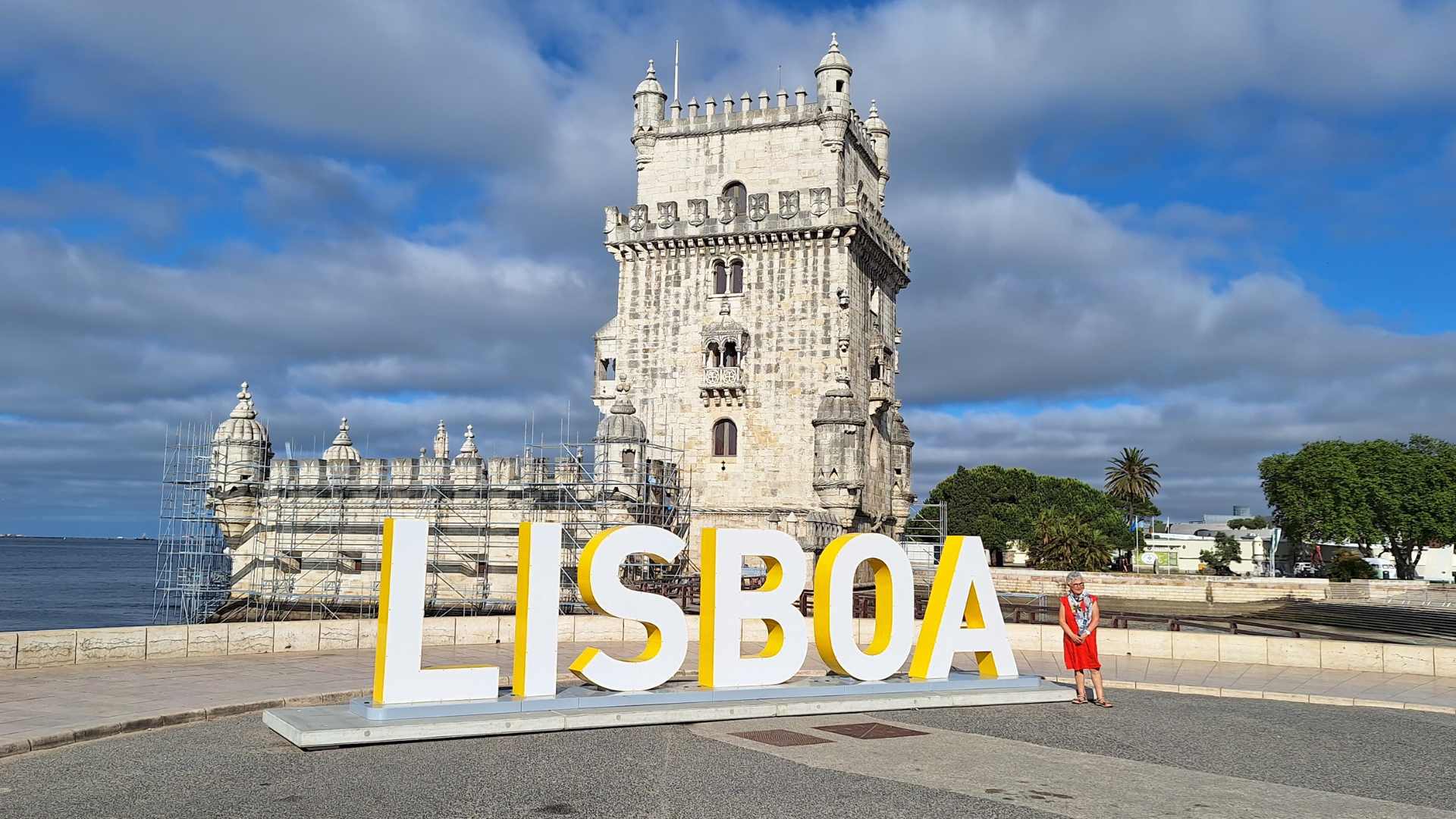
Monument of the Discoveries
The Monument of the Discoveries is located not far from Belem Tower, again at the northern bank of the Tagus River Estuary. Built in 1960, it is the main symbol of the Age of the Discoveries.
Its design is like a three-masted caravel with figures of the famous explorers from this glorious era. The main figure is the image of Henry the Navigator, the Portuguese ruler who started the Age of the Discoveries. Although he himself wasn’t a sailor, he imposed his vision of the new Portuguese Maritime Empire and sponsored many expeditions. Along with him, you can see figures of many other famous explorers like Vasco da Gama, Ferdinand Magellan, Bartolomeo Dias, and more.
There is a small exhibition area inside the Monument presenting its history, with a lift to the top with amazing panoramic views.
Entrance fee: 10 EUR. For more information about prices, discounts, and online tickets, see HERE.
Working hours: 10:00 am to 7:00 pm
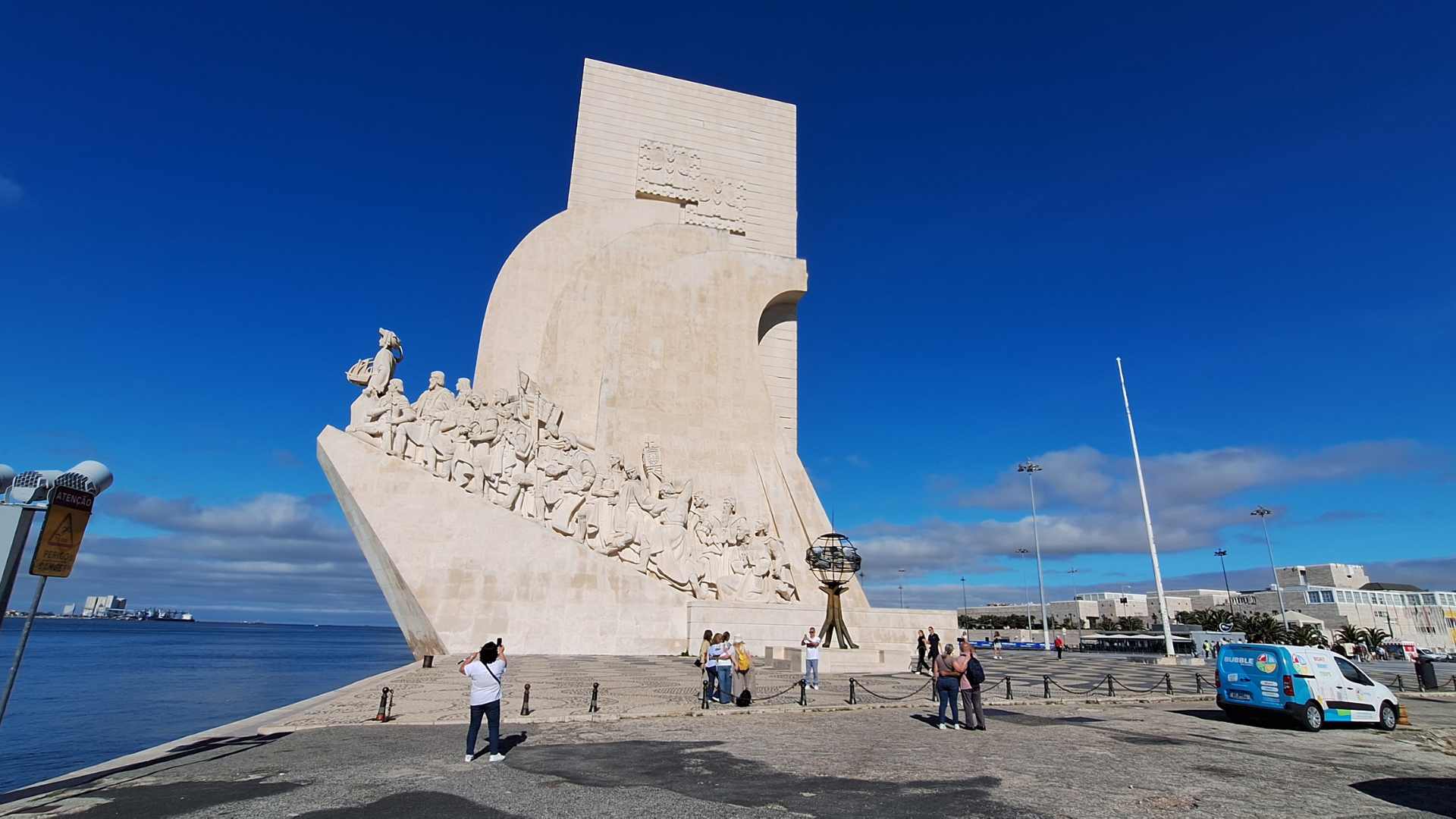
Jeronimos Monastery
This is one of the most magnificent architectural masterpieces, not only in Lisbon and Portugal but in the whole of Europe.
Everything started with the departure of Vasco da Gama and his crew from Belem. There was a prayer in a small church that existed in this place, for the success of their expedition. And when they returned from India, King Manuel I decided to build this amazing monastery in the same place, celebrating the success of Vasco da Gama and giving thanks to the Virgin Mary.
Since then, Jeronimos Monastery remained active and was given to the Hieronimytes. It was later used as a place of tombs for famous Age of the Discovery figures, including Vasco da Gama. Today, the monastery is a UNESCO World Heritage Site.
Entrance fee: 20 EUR. For more information about prices, discounts, and online tickets, see HERE.
Working hours: 10:00 am to 5:00 pm. Mondays closed.

Maritime Museum
The Maritime Museum is located right next to Jeronimos Monastery, in its western wing and the adjacent buildings. It is the best exhibition presenting the naval history of Portugal and the maritime culture of the country.
Here you can see artifacts from the beginning of the Age of Discoveries until today. It also includes ship rooms for the king and the queen of Portugal. But the most impressive part of the museum is the Galleons Room, exhibiting ships and barges in full size.
Entrance fee: 7 EUR. For more ticket options see HERE.
Working hours: Summer- from 10:00 am to 6:00 pm; winter- from 10:00 am to 5:00 pm. Mondays closed.
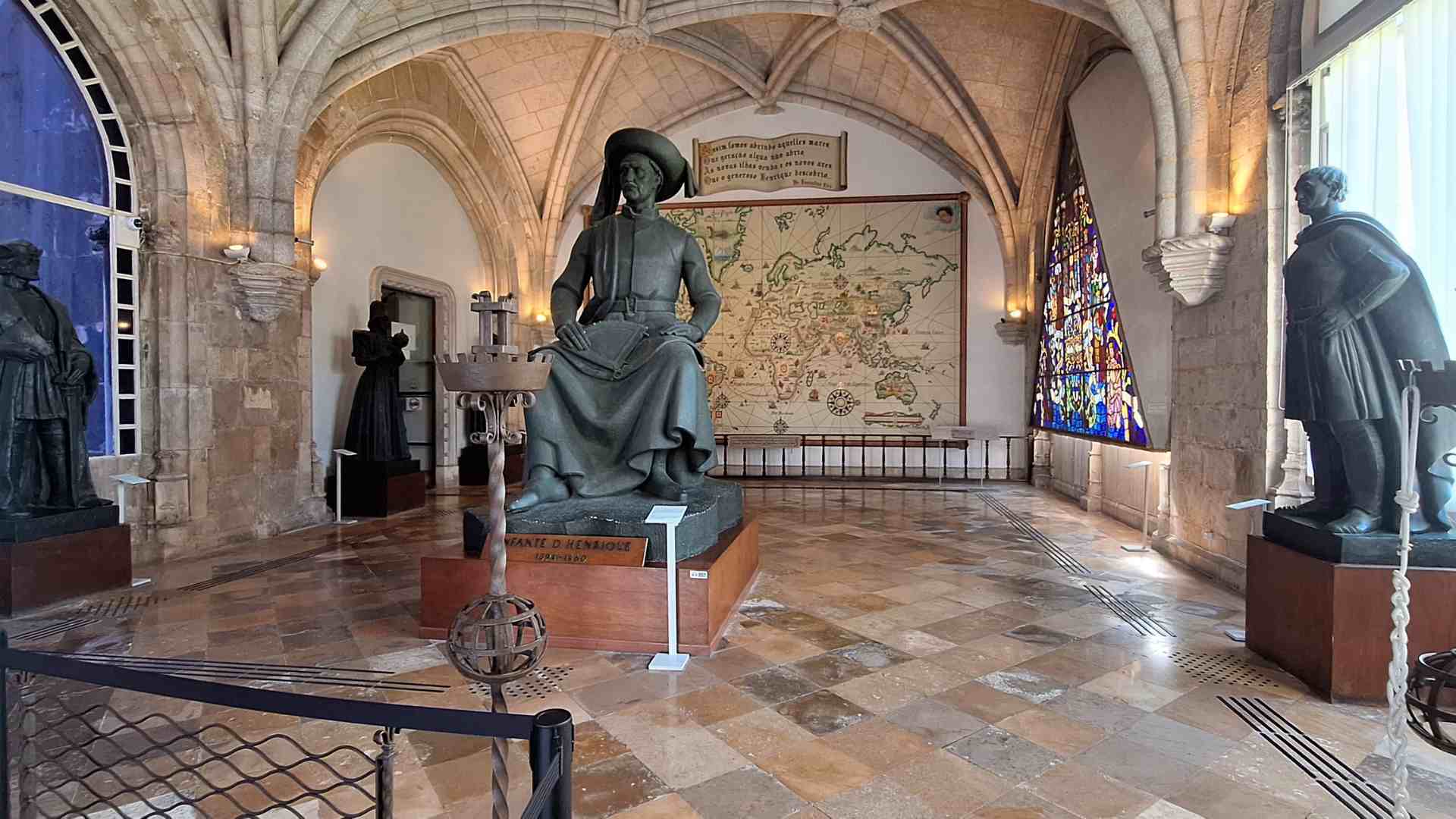
Cultural Center
The Cultural Center of Belem is located exactly between Jeronimos Monastery and the Monument of the Discoveries. It is a prominent hub of art and culture, established in a modern building complex in 1992. Today, its purpose is to serve as a center for various art performances and exhibitions, including the permanent exhibition of the Berardo Collection Museum, presenting modern art.
Entrance fee: it is free to enter, but there are various fees for the different exhibitions and events.
Working hours: 10:00 am to 7:00 pm

Ajuda Palace
This major point of interest is located in the neighboring district of Ajuda.
Before the Great Earthquake, the kings of Portugal resided in Ribeira Palace, in the center of Lisbon. But after its destruction, they moved to a new location- in Ajuda. And it took time until their palace was completed. They lived there until 1910 when Portugal became a republic.
Ajuda Palace is built in the neoclassical architectural style. Today, it has been turned into a large museum presenting the royal life from the late periods of the monarchy, and a lot of artifacts from this life. You can explore it on two levels: the interior of Ajuda Palace and the Royal Treasure Museum.
Entrance fee: 8 EUR for Ajuda Palace only, 10 EUR for Royal Treasure Museum. For more information, see HERE.
Working hours: 10:00 am to 6:00 pm. Closed on Wednesdays.
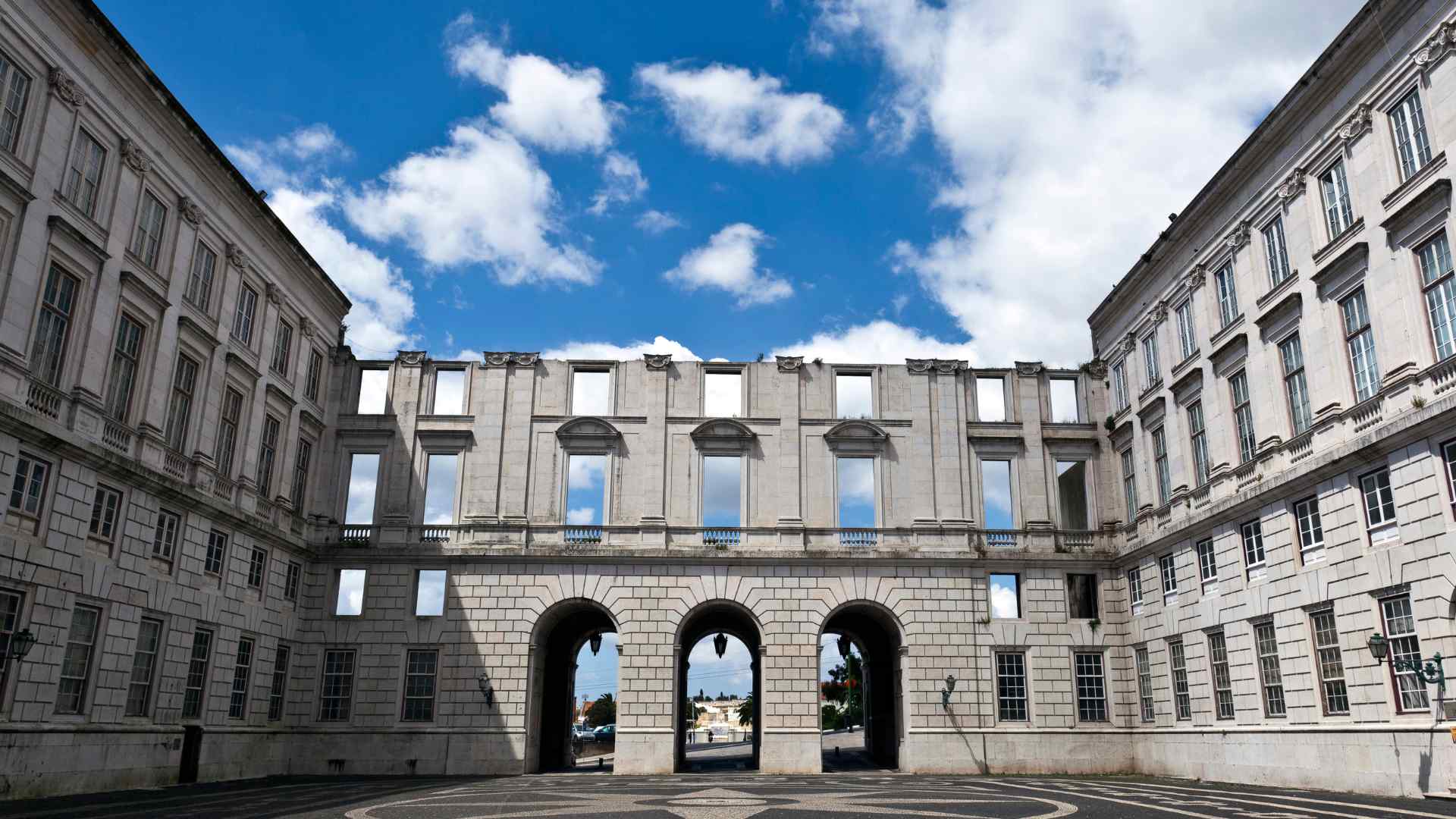
Park Florestal de Monsanto
Finally, some nature. Park Florestal de Monsanto is the largest green area in Lisbon. It is located on a hill north of Ajuda and is an excellent place not only to see the subtropical nature of the area but also for relaxation and leisure.
Useful tips
To plan your Lisbon journey, you need to consider some very important details of the trip- transportation, accommodation, and more. Let’s start with transportation.
Transportation
Needless to say, such a big city, the capital of a developed country, and a popular tourist destination, offers a rich choice of transportation options. The main gate of Lisbon is Lisbon Humberto Delgado Airport, with connections to countries from all over the world. But of course, you can reach the city on land by train, bus, by car, or by an organized tour (including a cruise).
Public transport
Once you arrive in Lisbon, you can enjoy various ways of transportation: metro, public buses, public trams (new and old trams), as well as the exotic forms described above- three funiculars and one vertical lift. In addition, there are taxis, tuk-tuks, rickshaws, horse carriages (in Belem), and more. You can also rent a bicycle and go wherever you want.
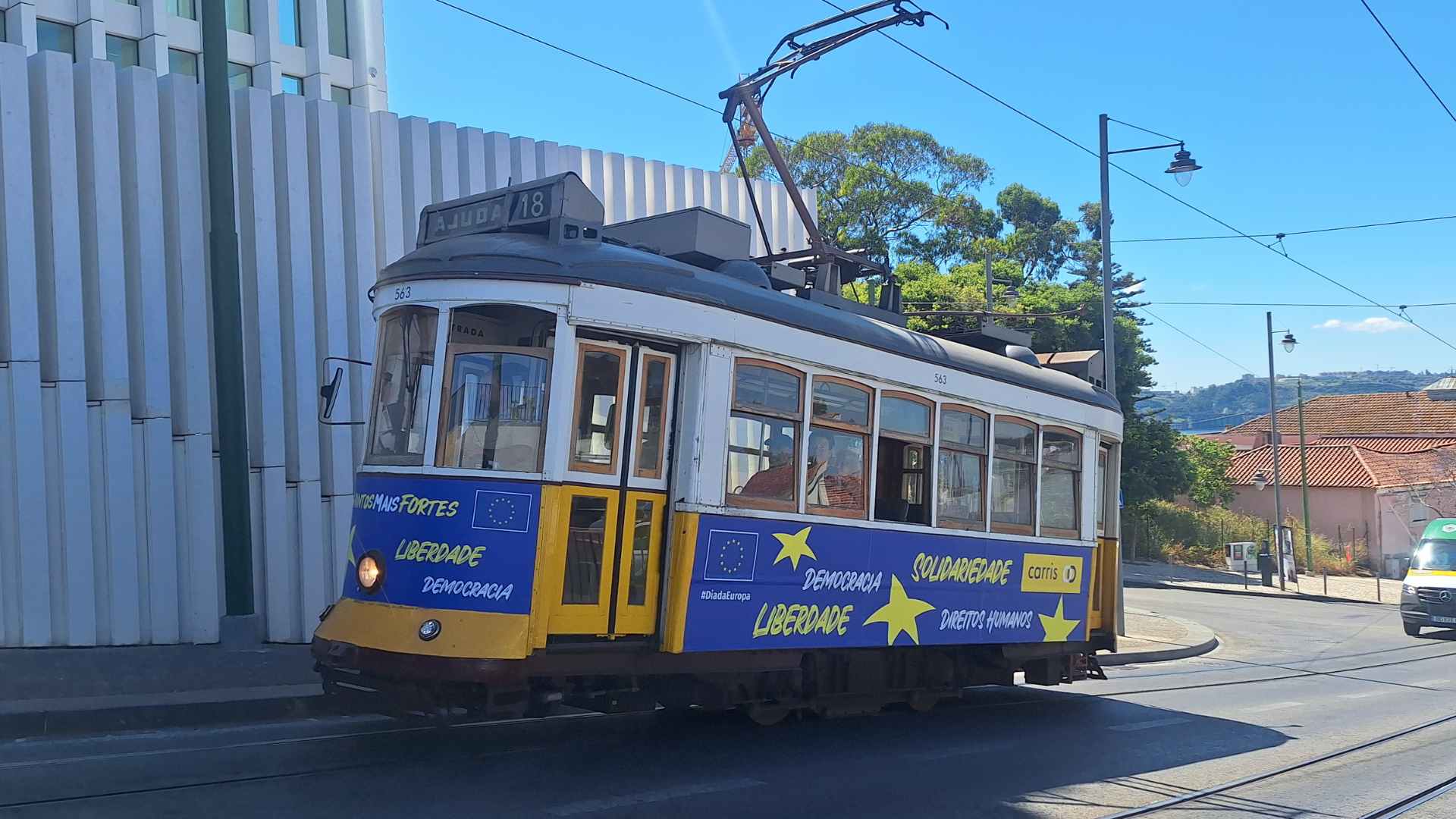
Traveling by car
If you travel by car, you can go everywhere around Lisbon, but I would highly advise finding a parking lot, leaving your car there, and going to explore Lisbon by public transport or on foot (for points of interest within walking distance). Otherwise, you can be stuck in heavy traffic, and finding a good parking lot in the center can be challenging (and always expensive).
There are a lot of free parking lots, but they are not very safe- there are reports of breaking into cars for the purpose of burglary. So, better find a good paid parking lot (read other users’ reviews when you choose it). I personally found a good place for parking under the Angola Consulate- it is almost in the middle between the center and Belem, right beside the tram stop for 15E and 18E trams- they both lead to important points of interest.
Find the best rental car for your journey!
Lisbon card
Using the Lisbon card (Lisboa card) is a great way to explore Lisbon. You can purchase it online in advance. Then you will receive an online voucher via email. With this voucher and your ID card, you go to one of the “Ask Me Lisboa” offices (the most convenient one is the office located right beside Praça do Comércio). They will give you the real card. It is valid for 24, 48, or 72 hours.
With this card, you can enjoy the public transportation in Lisbon for free. In addition, you can visit more than 55 points of interest for free, or at least with a discount.
Get a Lisbon Card online from HERE!
Accommodation
As a world-famous tourist destination, Lisbon has plenty of places to stay- from splurge, luxurious hotels, to budget hostels. In the middle of this range, you will find an endless number of hotels, guesthouses, homestays, and other forms of accommodation. You can easily discover them on Booking or Agoda. Everything you need to look for is the conditions of the property, its location, and other people’s reviews.
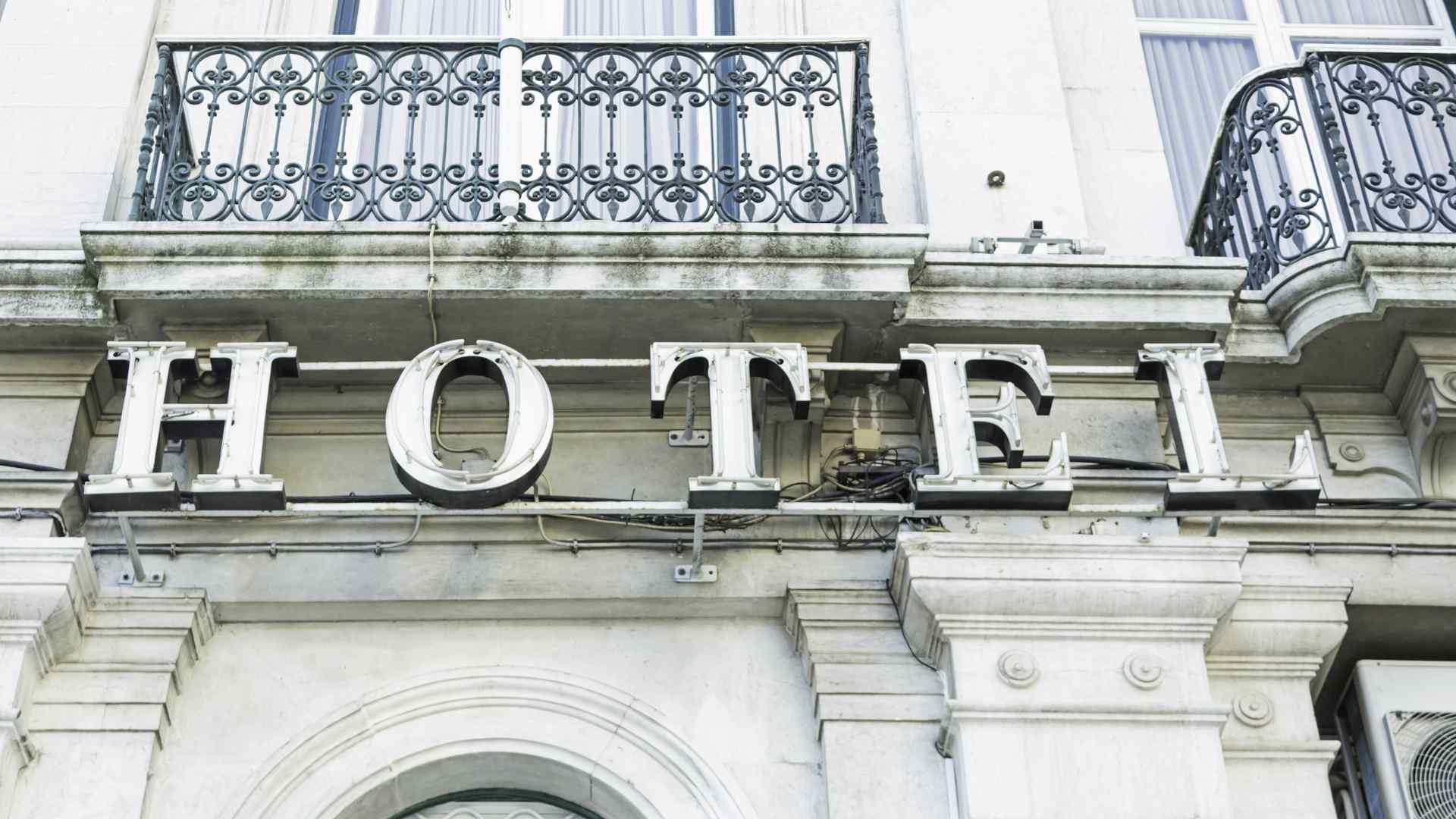
Camping
In addition, there is a campsite in the Parque Florestal de Monsanto. It is not perfect (some people complain about the hygiene or the noise from other visitors, etc.), but at least it is relatively cheap, located in a nice natural area, and in general, safe.
A night in a car or a campervan?
What about if you just want to spend the night in your car or campervan? Yes, it is possible, but you’d better find a place somewhere in the suburbs. That’s what I did (I found a place not far from the coast, in the far west of Lisbon, near Cascais), and I enjoyed a quiet and calm night.
Itineraries
So, keeping in mind all of the above, you can plan your Lisbon itinerary. It would depend on many factors, but mostly on your travel style and other preferences. It also depends on whether your focus is only on Lisbon and the area around it (including Sintra), or if Lisbon is a part of a longer trip. And it also depends on whether you do the so-called “slow travel” or if your time is limited and you try to get as much as possible in a short time.
If you want to explore Lisbon deeply, in detail, you would need at least 4-5 days to do it slowly, enjoying every point of interest or activity. But if Lisbon is only one of your route points, then the best time to plan and spend there is 2 days– one day for most of the central part of the city, and one day for the rest of the center and Belem.
As my own expedition across Eurasia began from the continent’s edge, Lisbon served as the perfect first chapter—a city that is not just a destination, but a living timeline etched in stone, tile, and song. Whether you’re drawn by the majestic views from its many hills, the echoes of history in Alfama, or the grandeur of the Age of Discoveries in Belém, Lisbon offers more than just a trip; it offers a story. With this guide, I hope you find not only the best places to visit, but also the inspiration to uncover your own personal connection with this timeless Portuguese treasure.
Take a look at thе videos about Lisbon below:
Like it? Pin it here⇓! Follow us in Facebook, X and Instagram!




